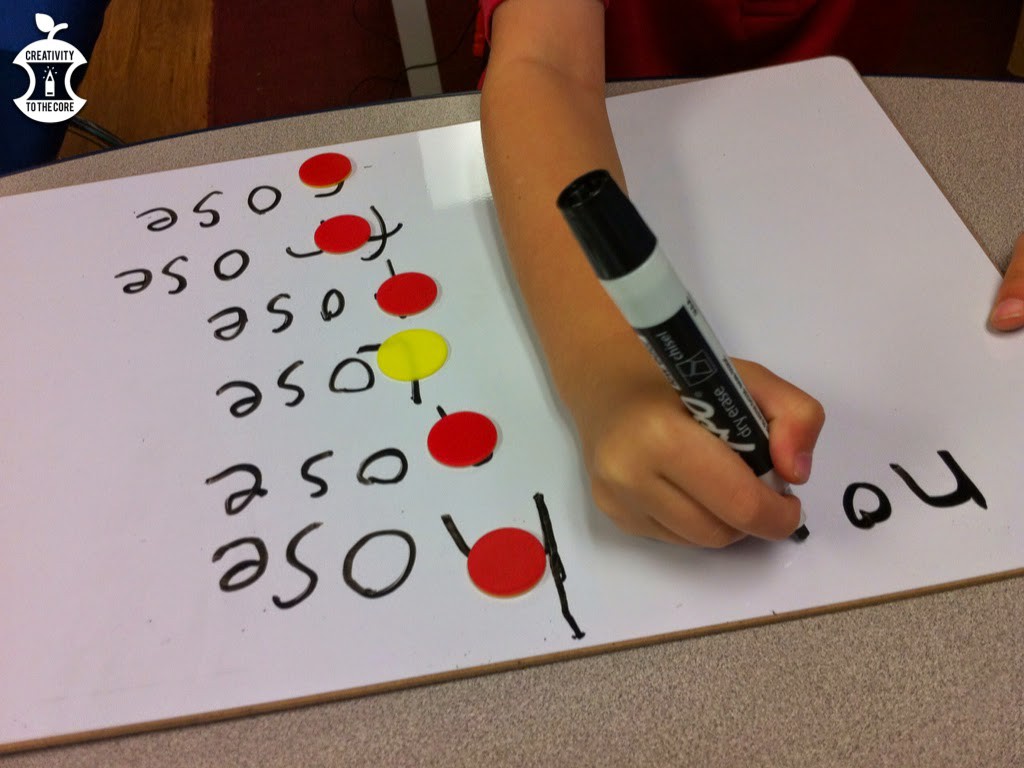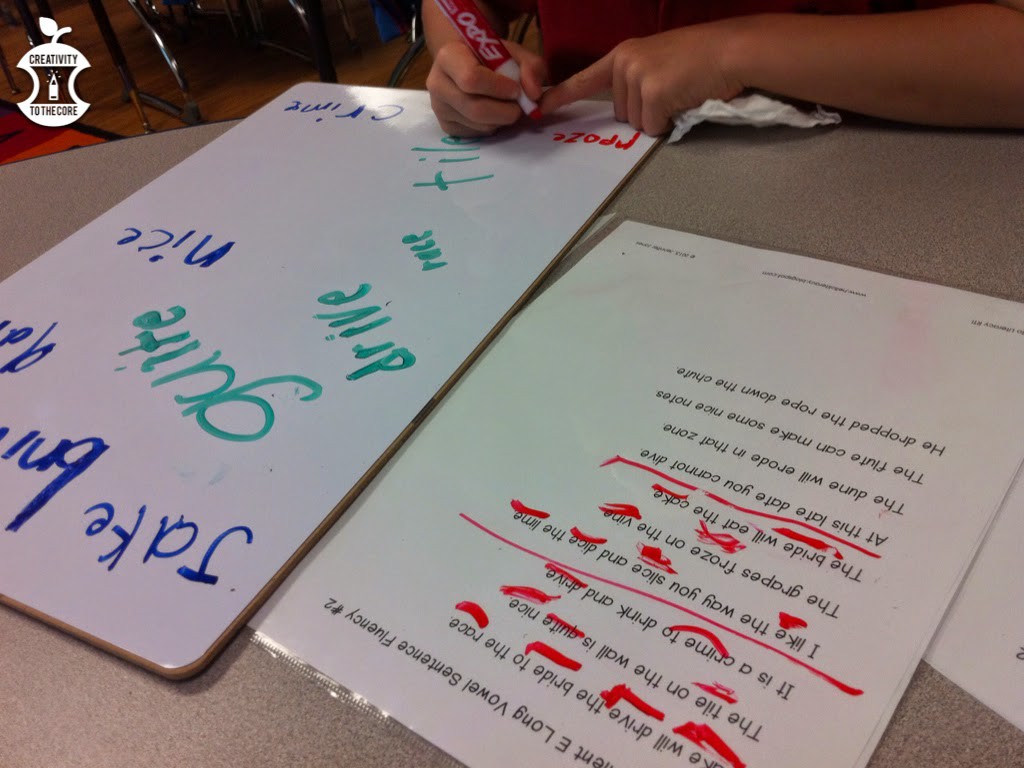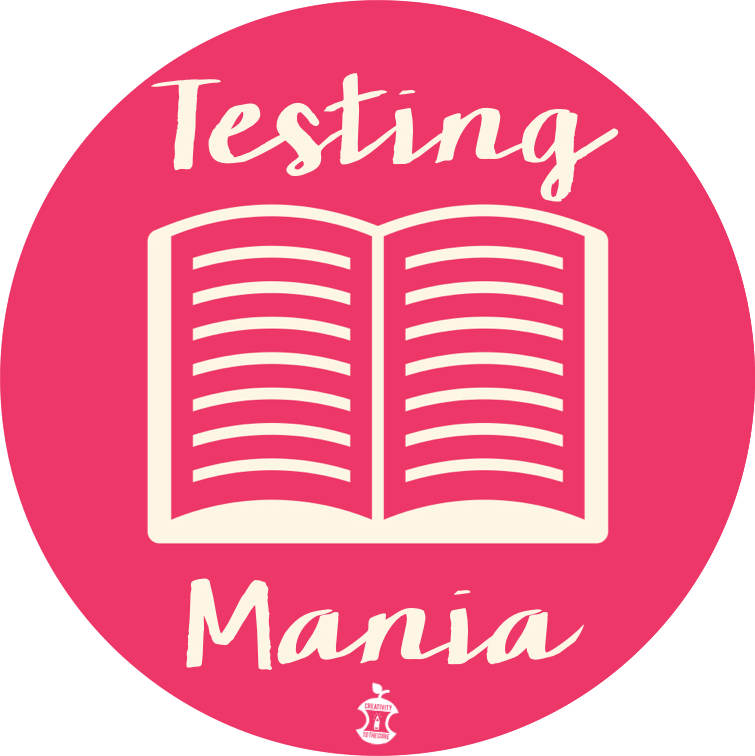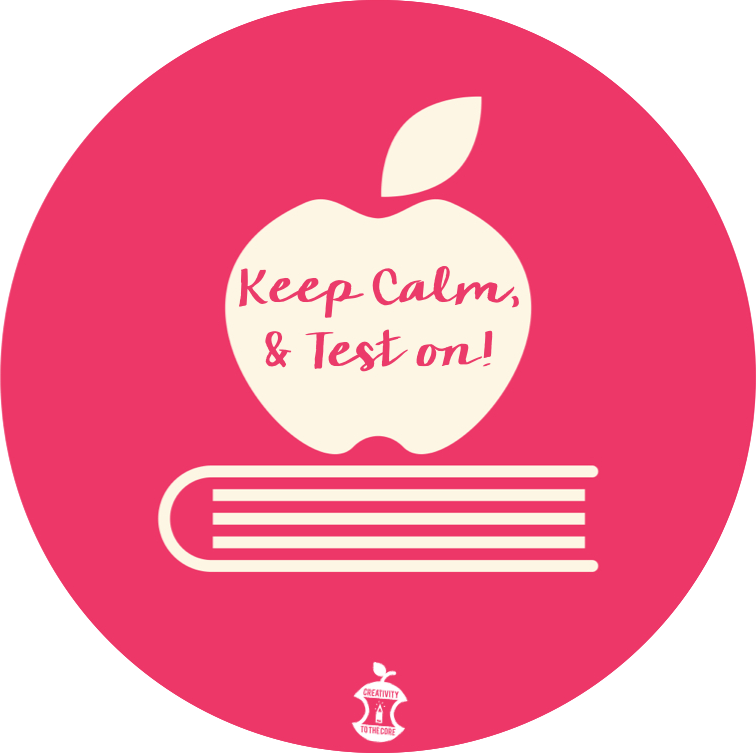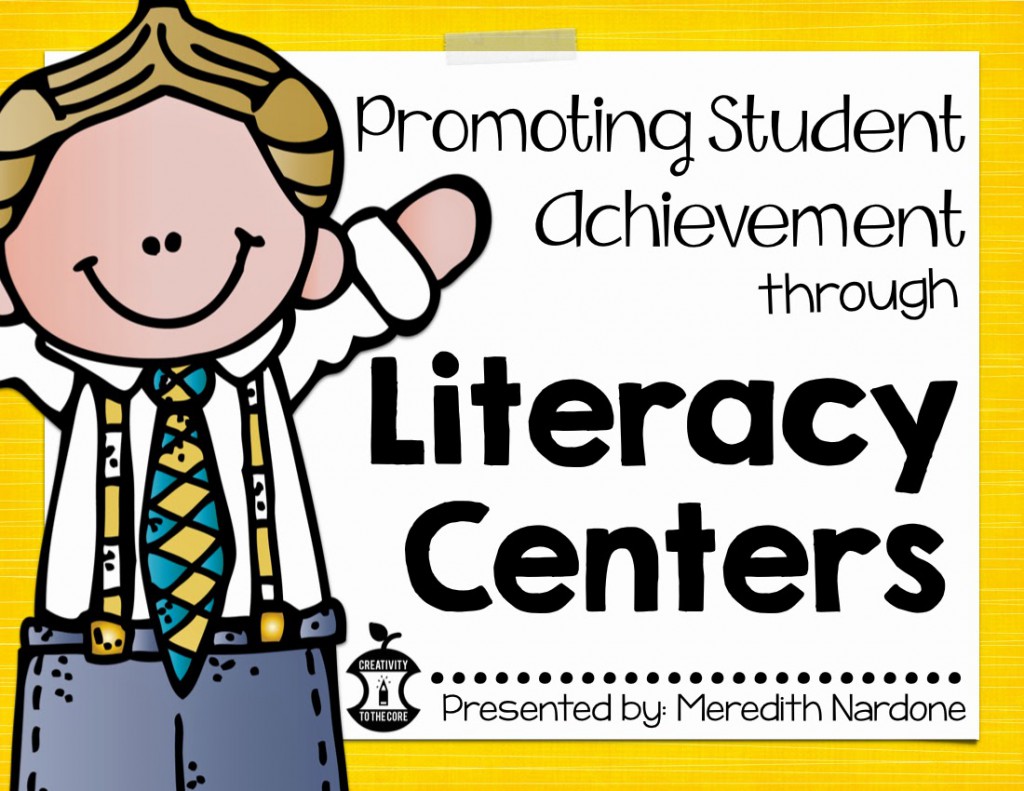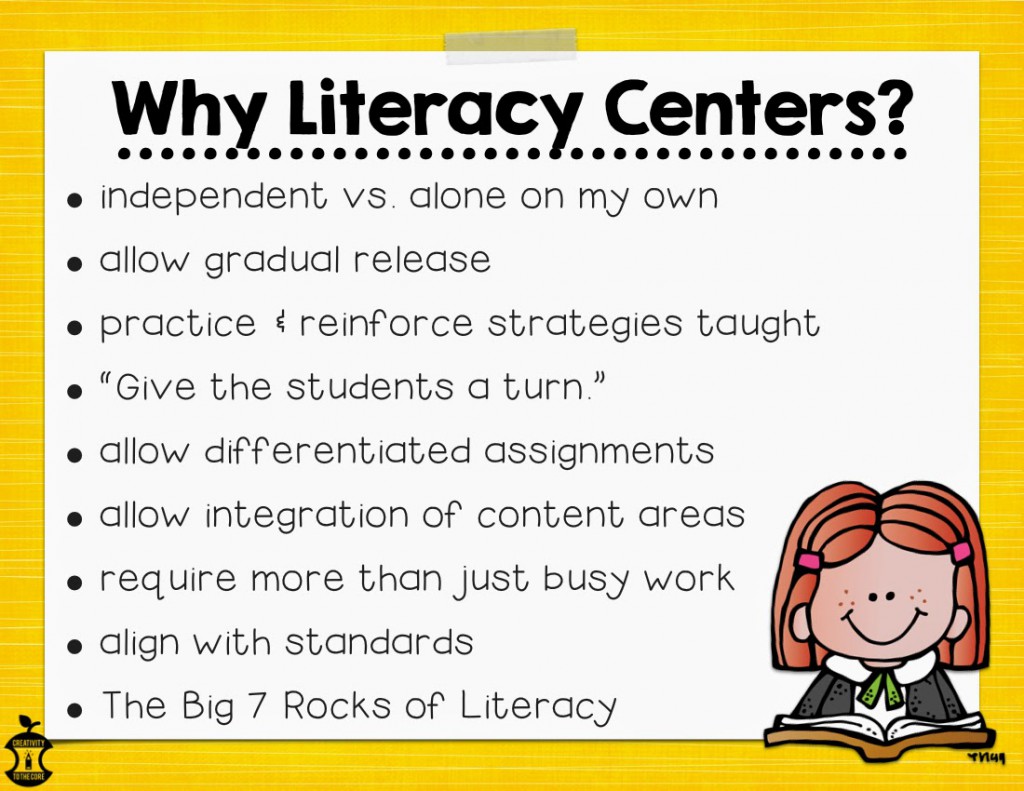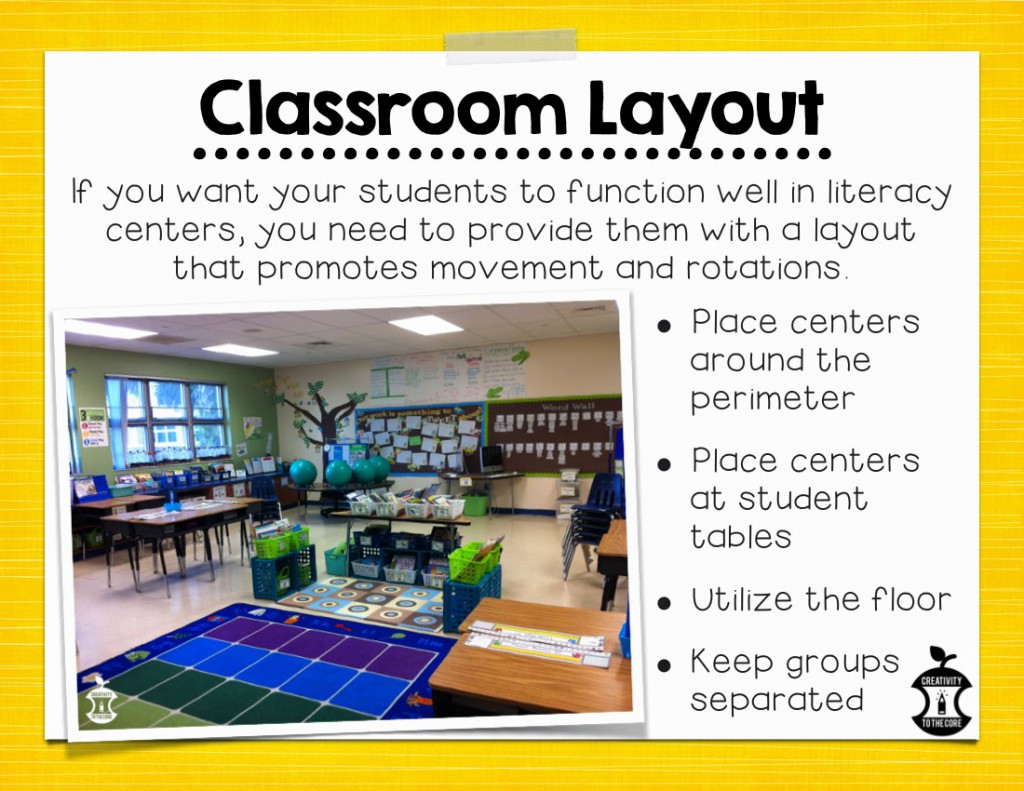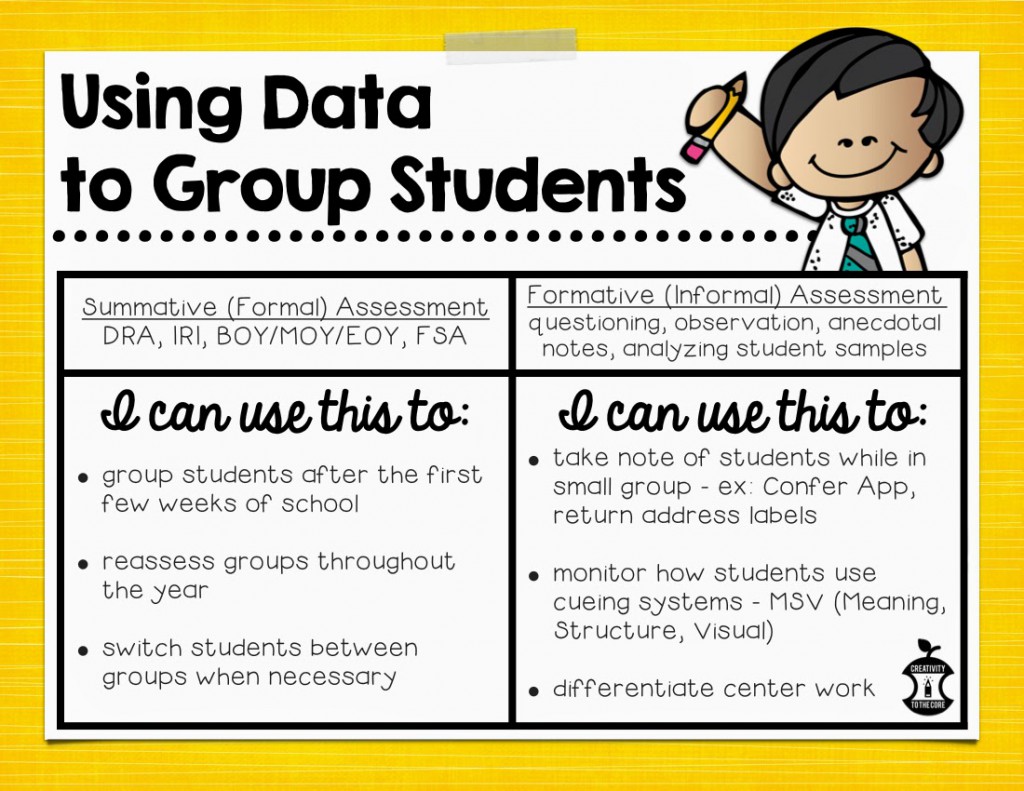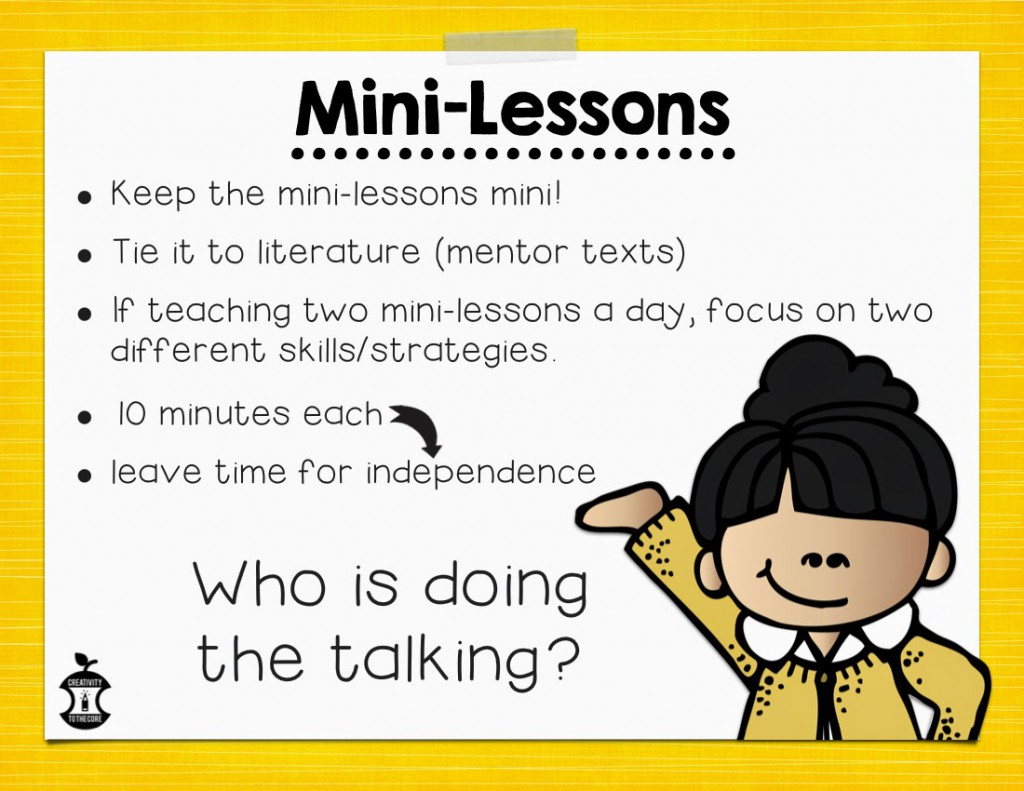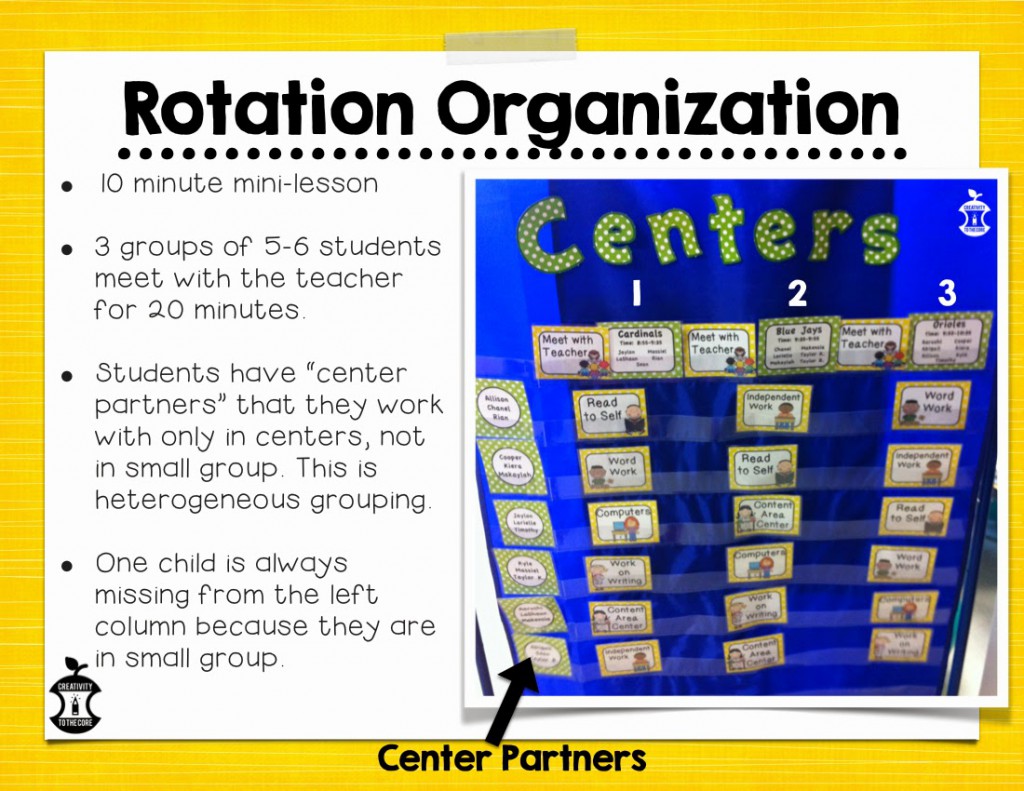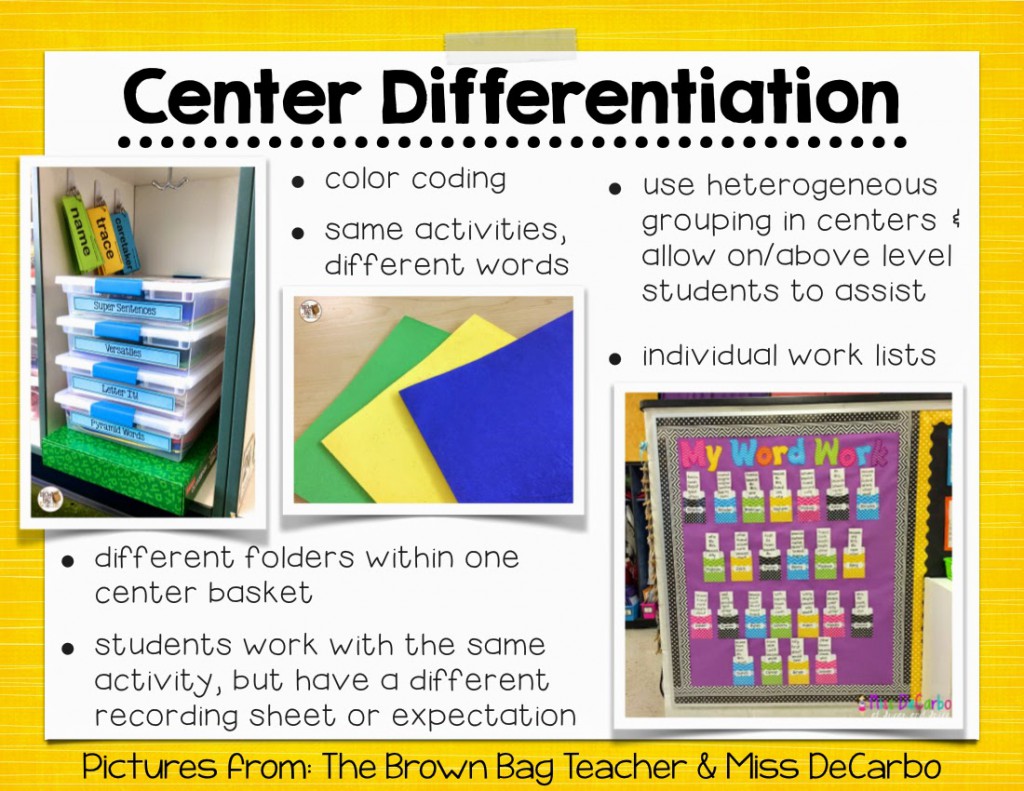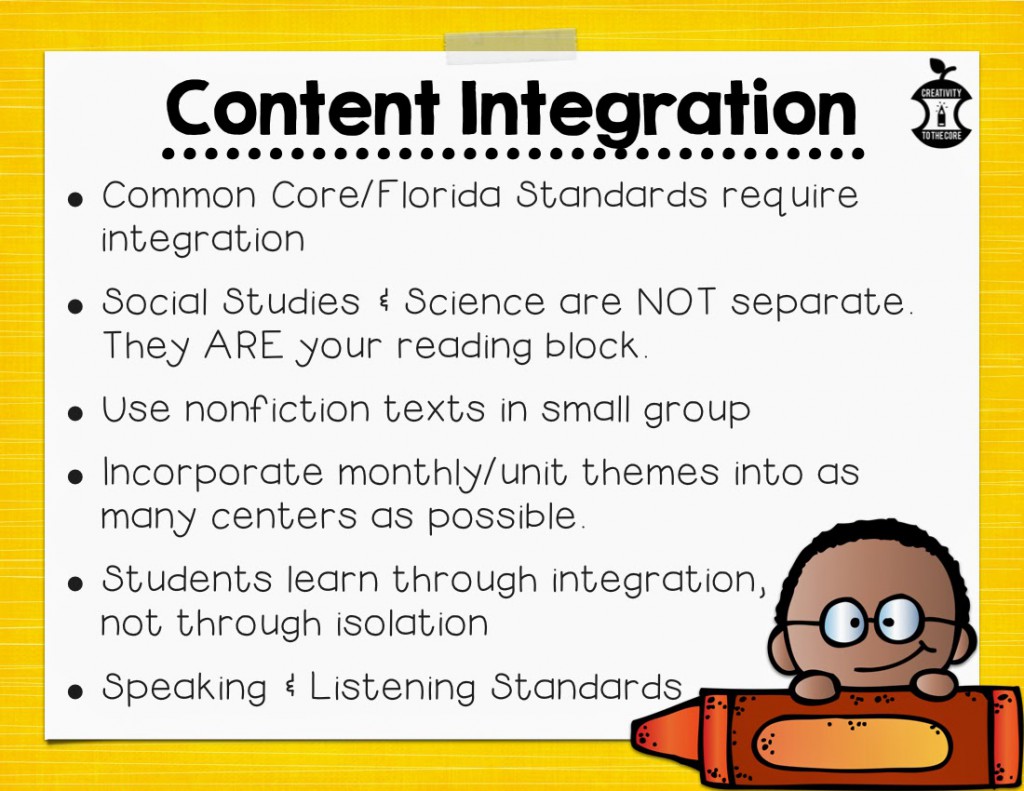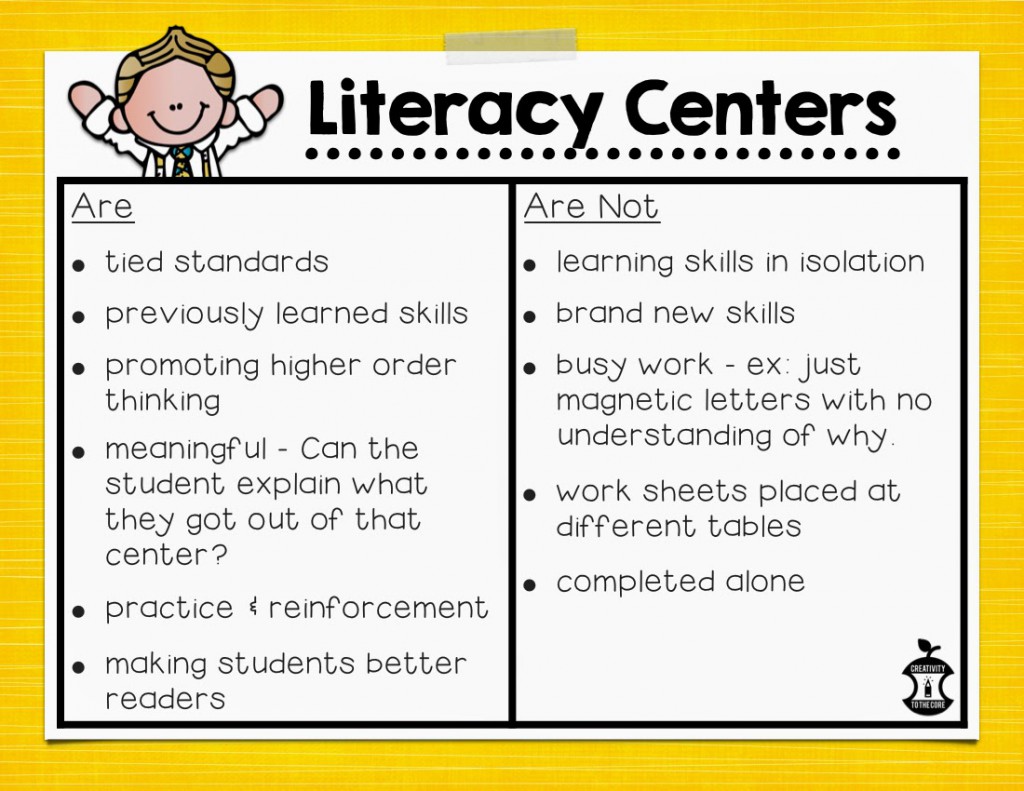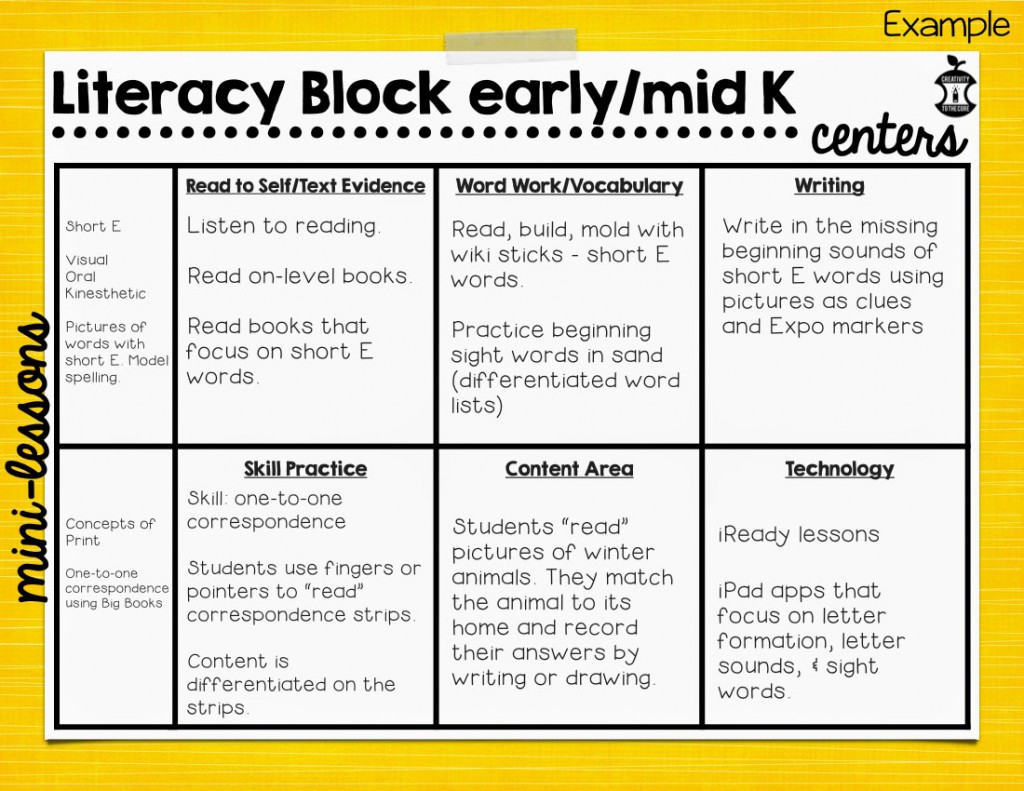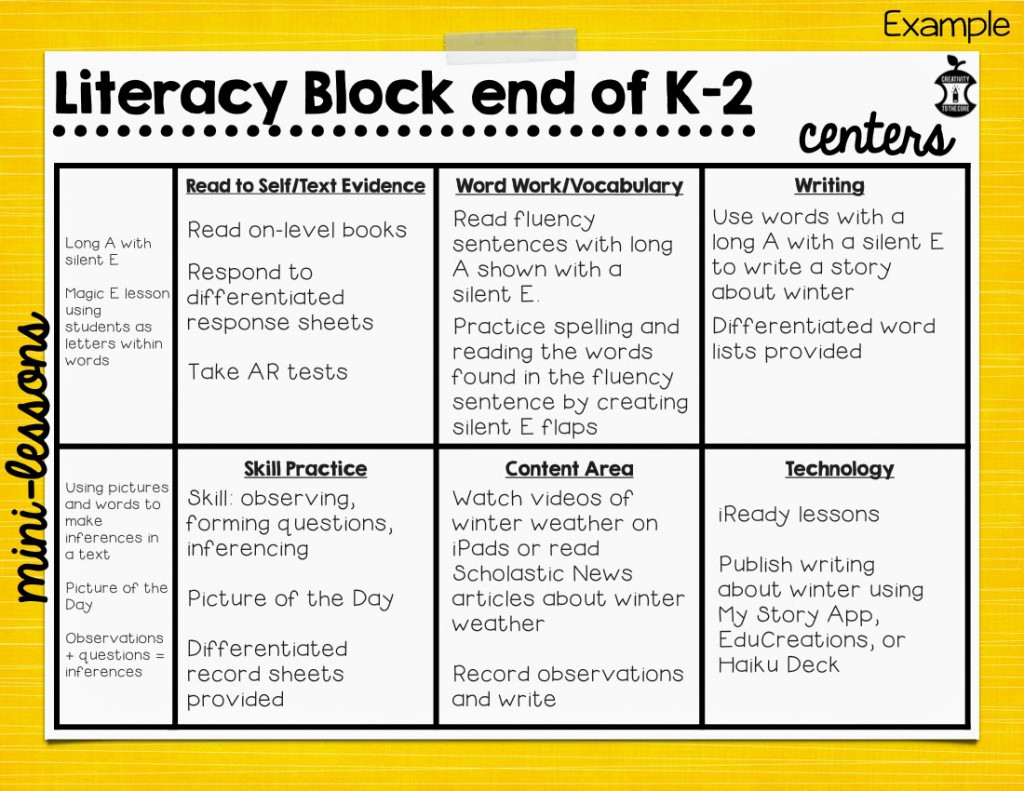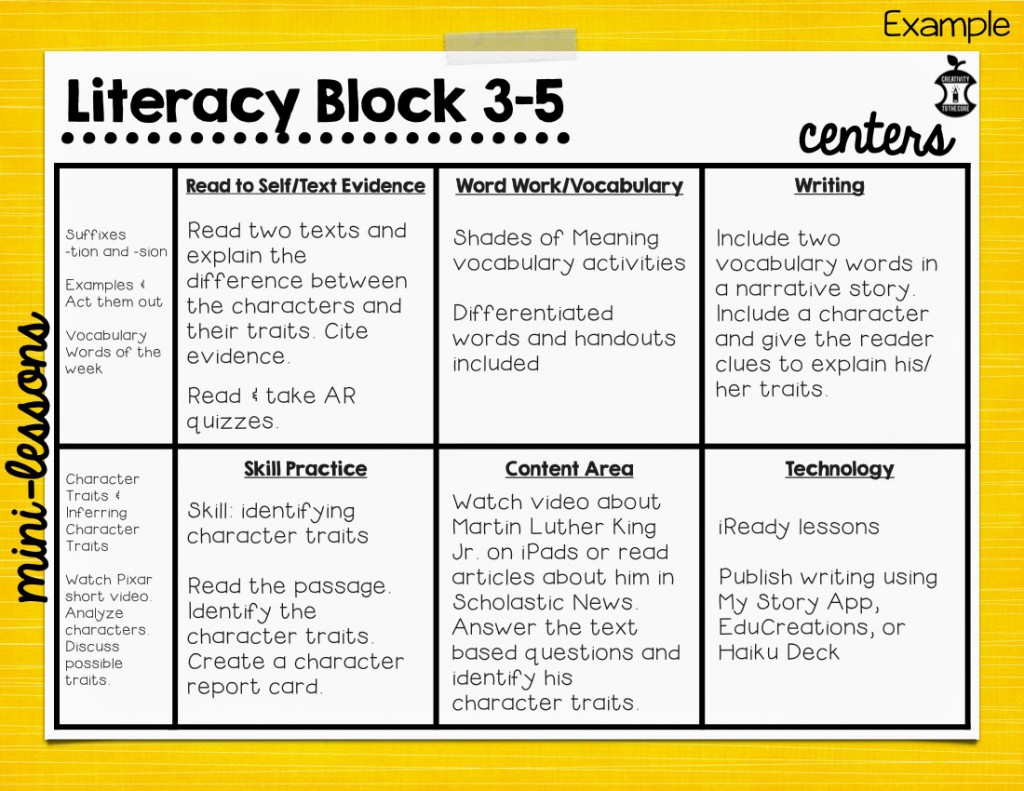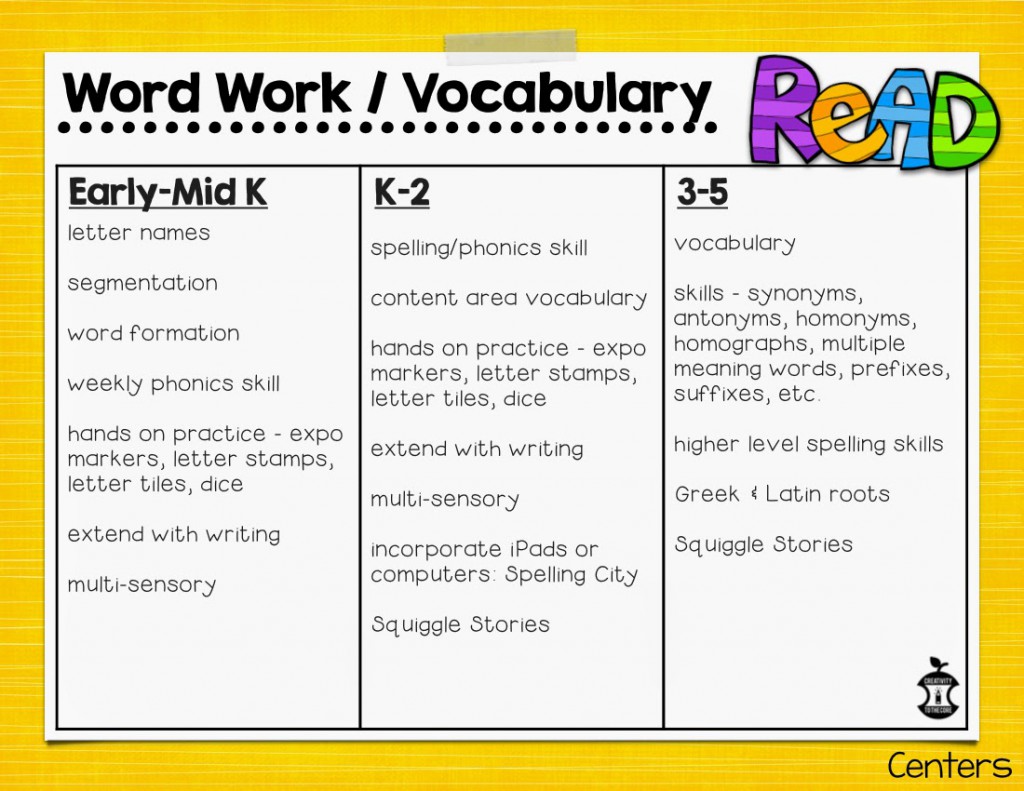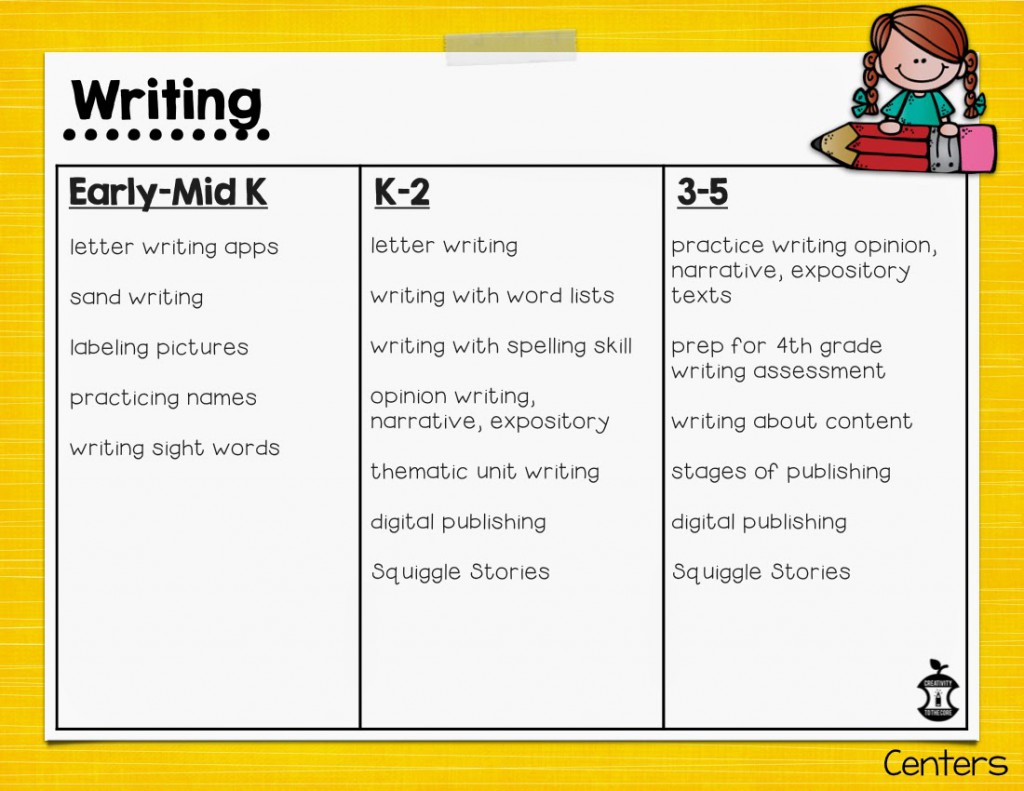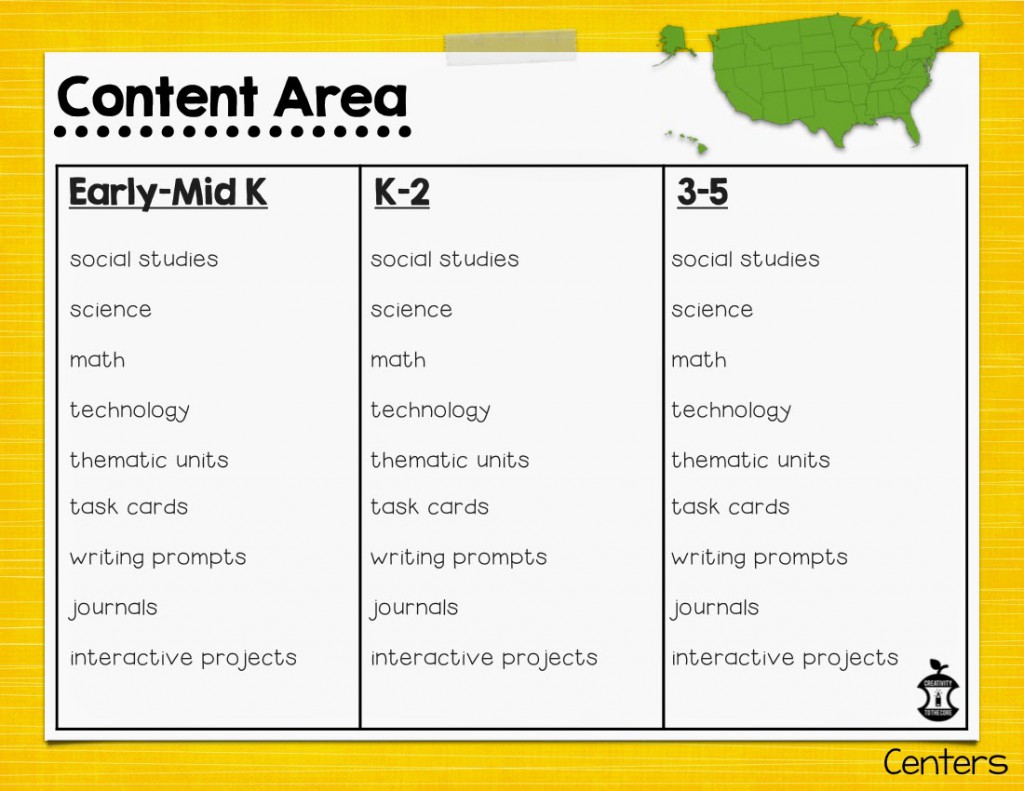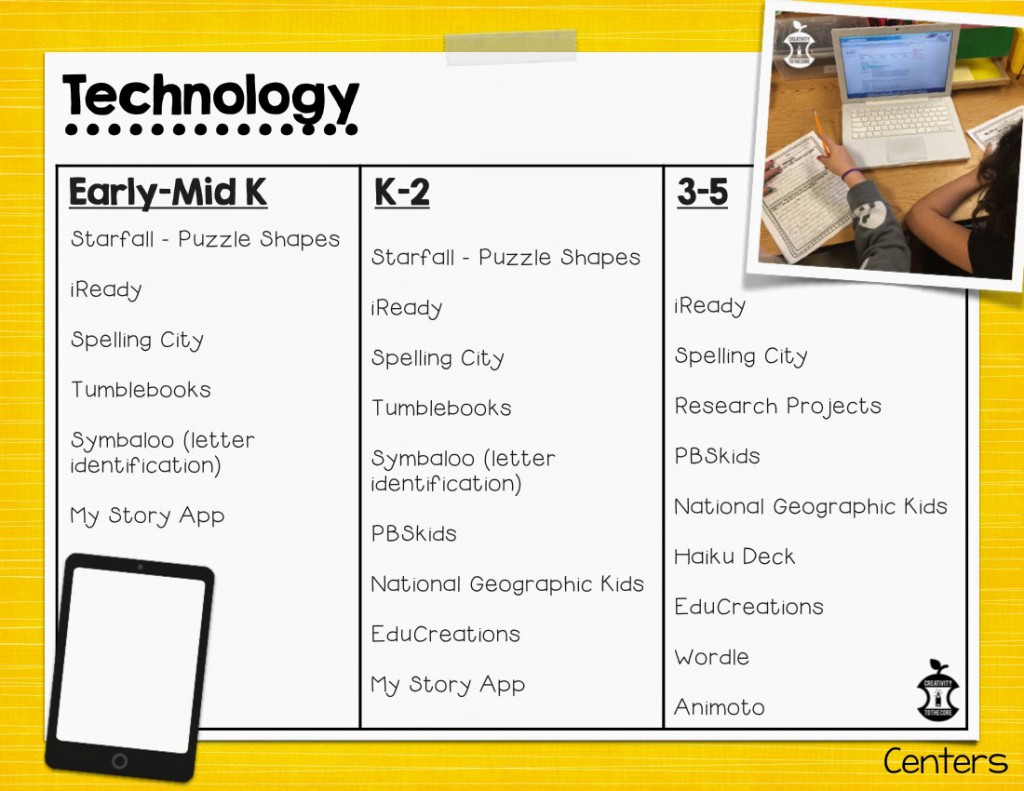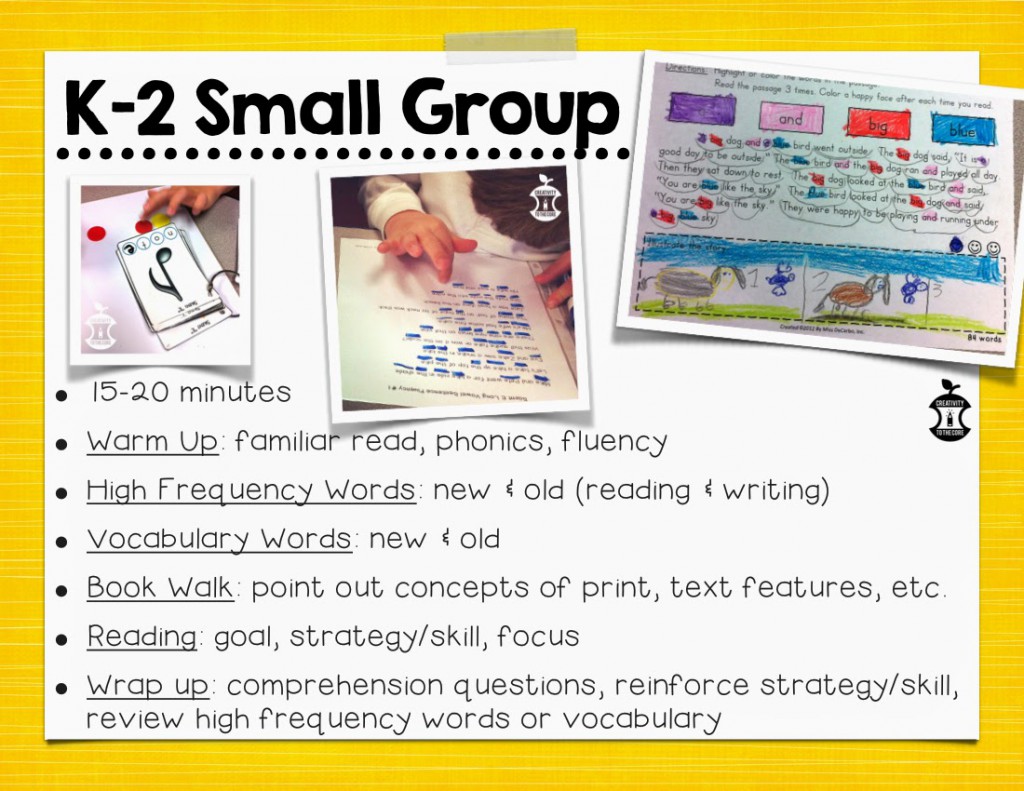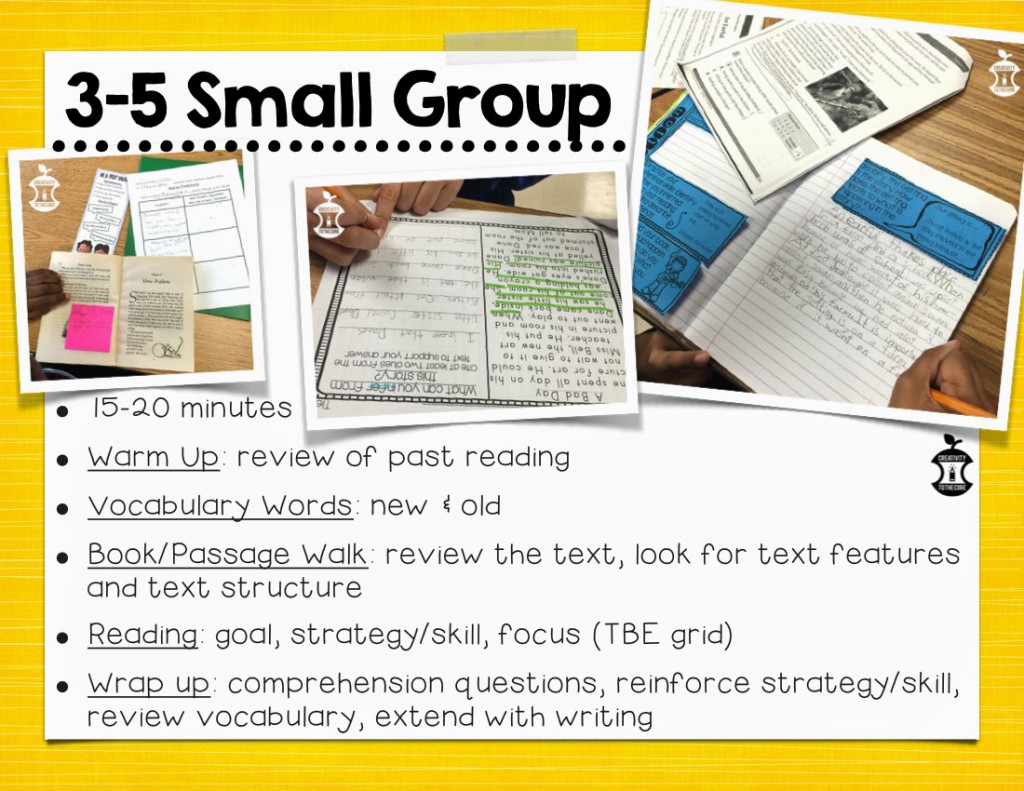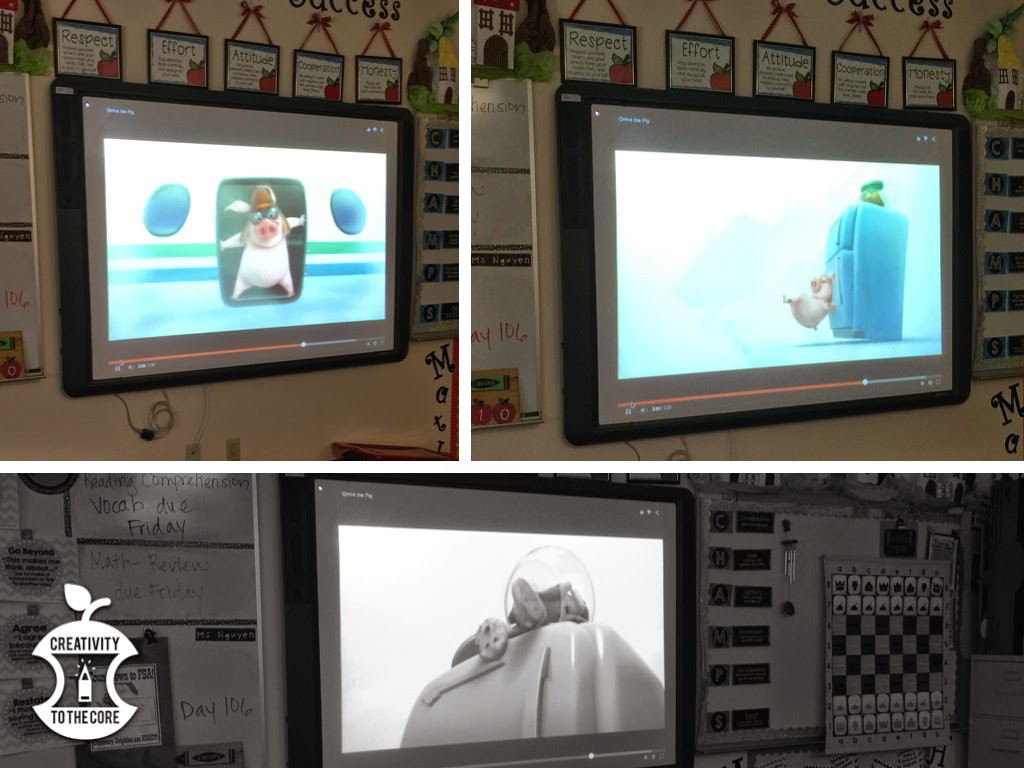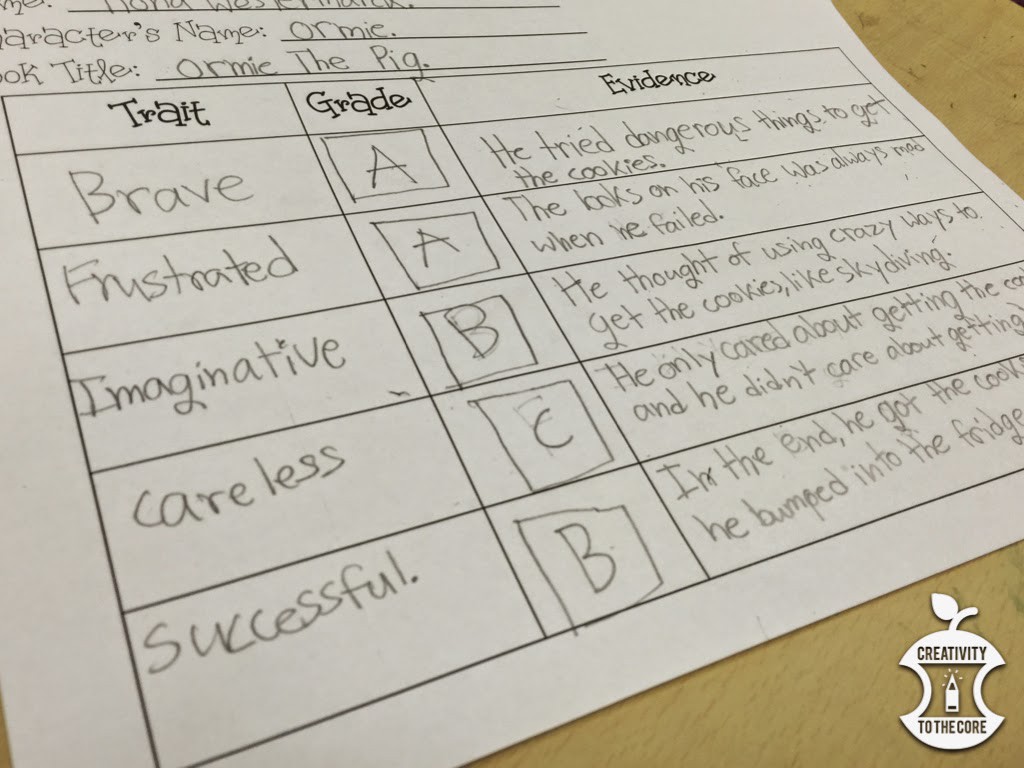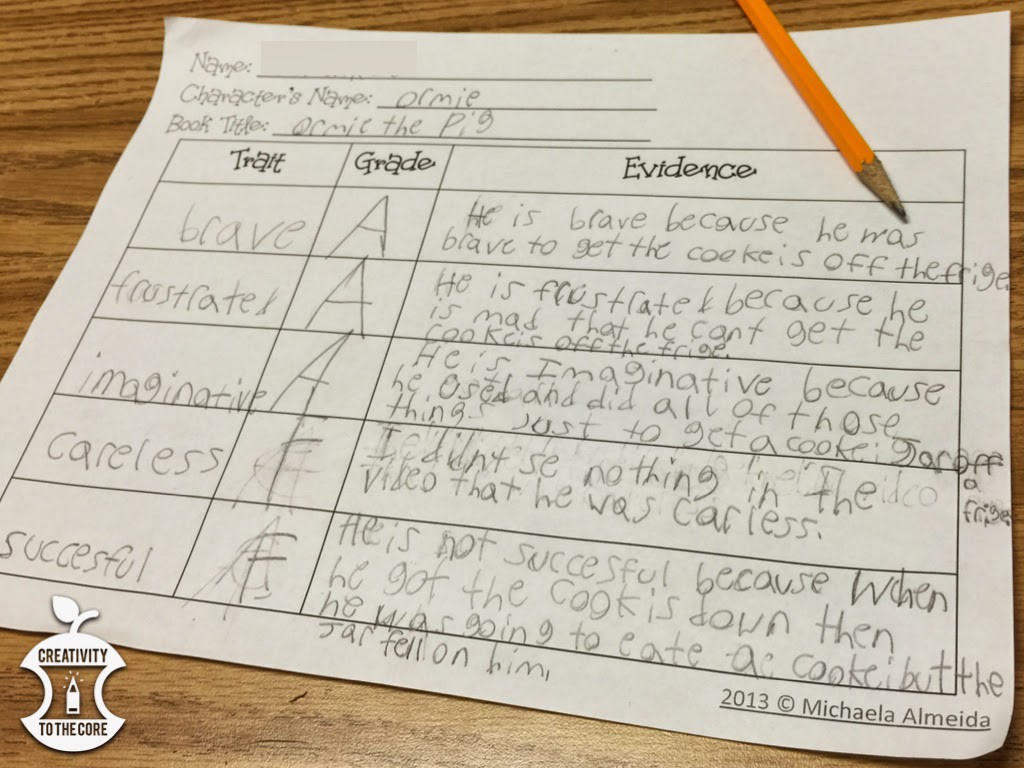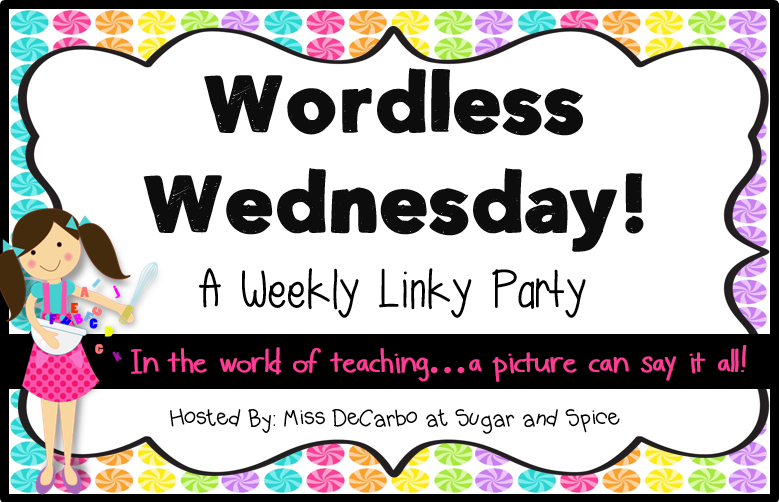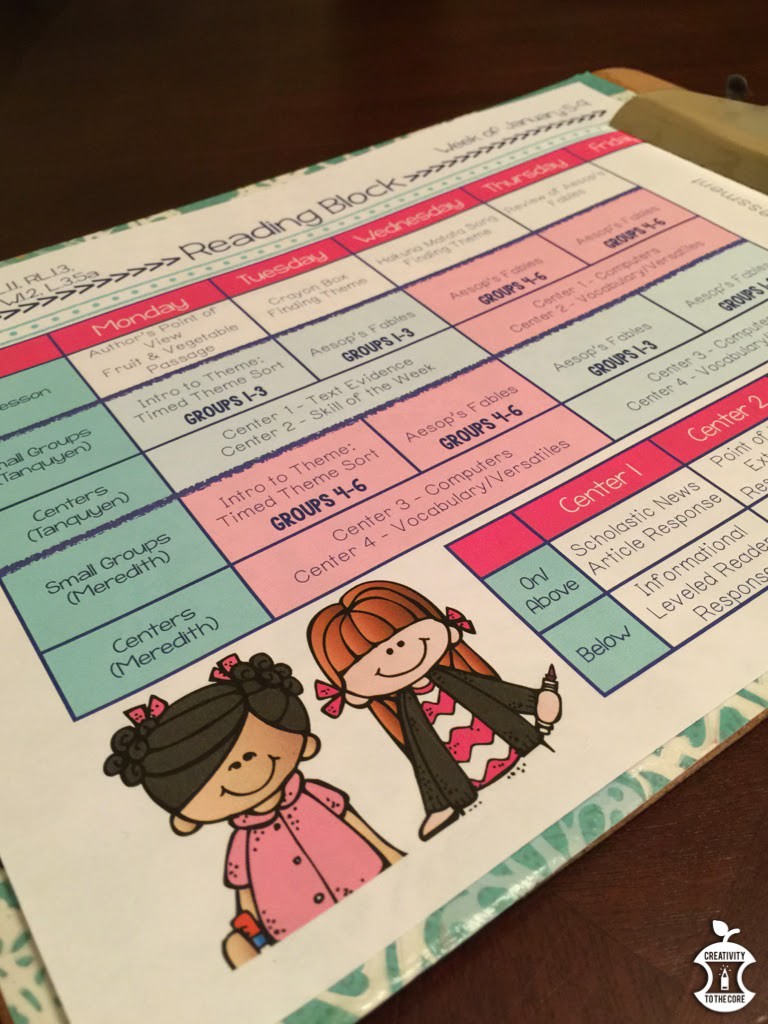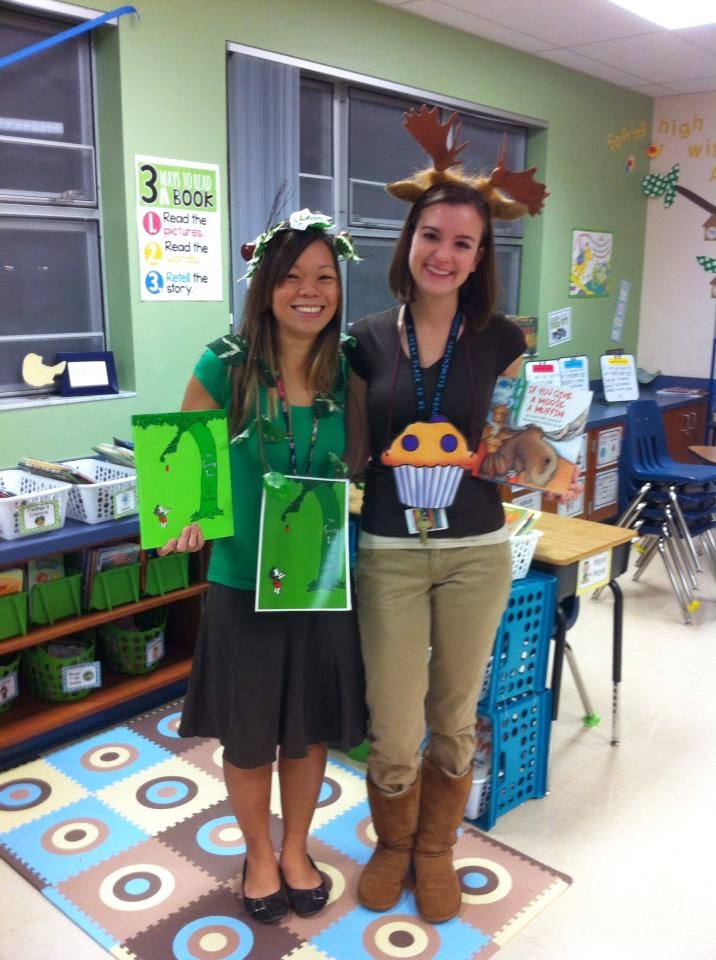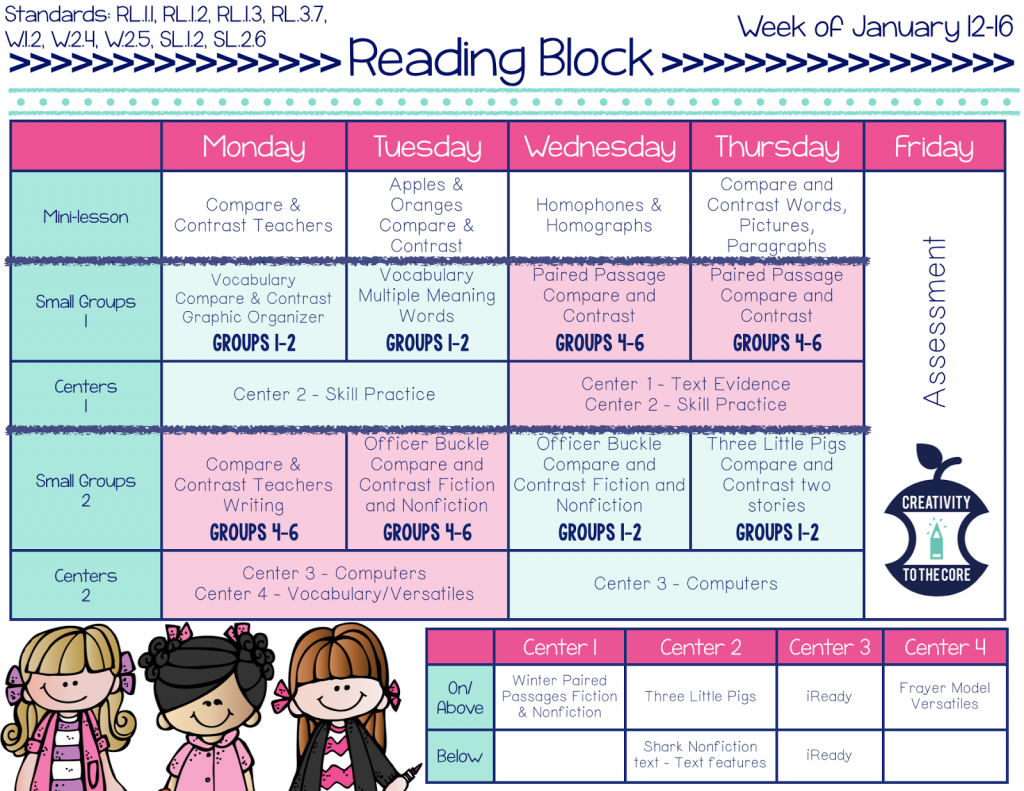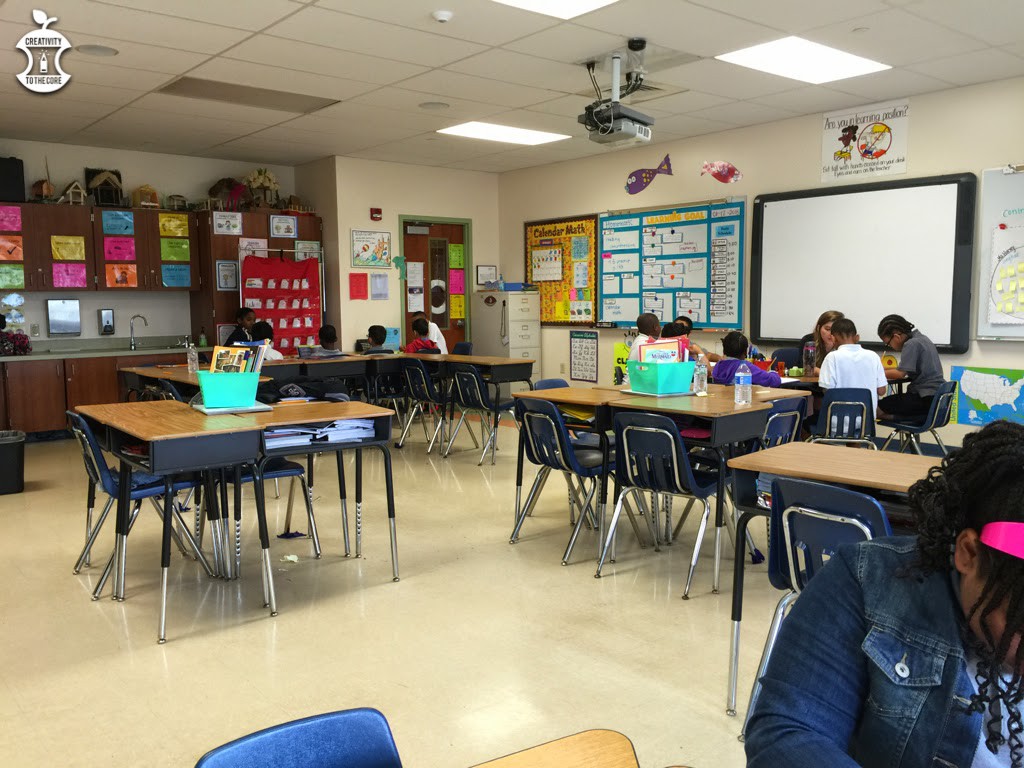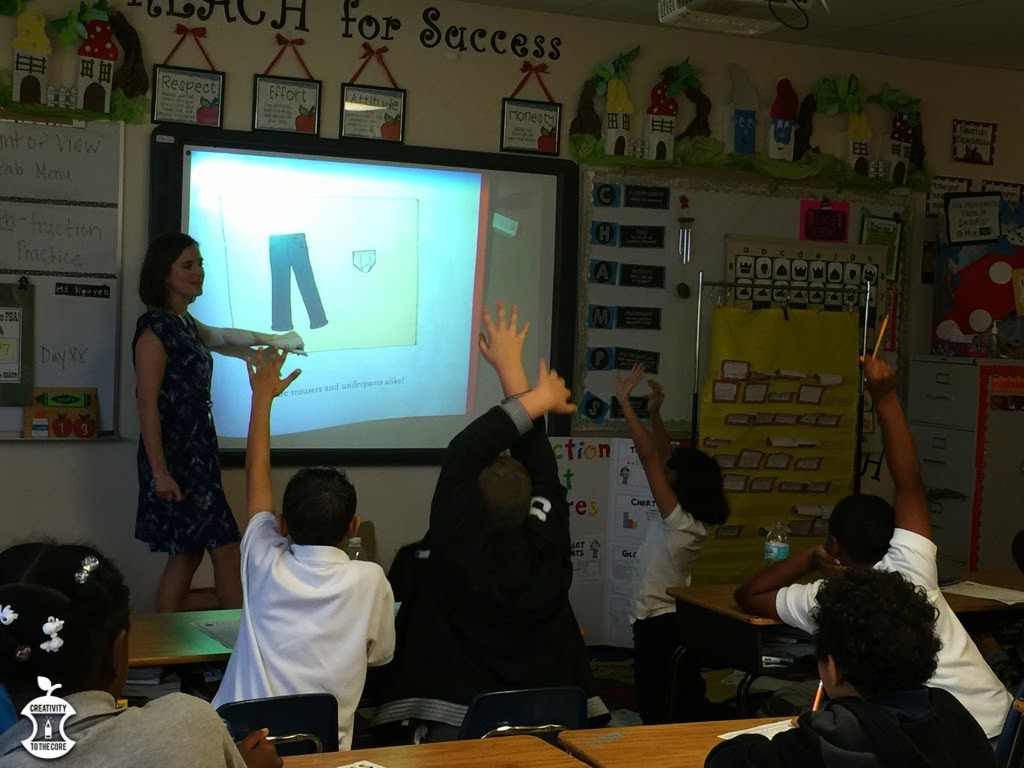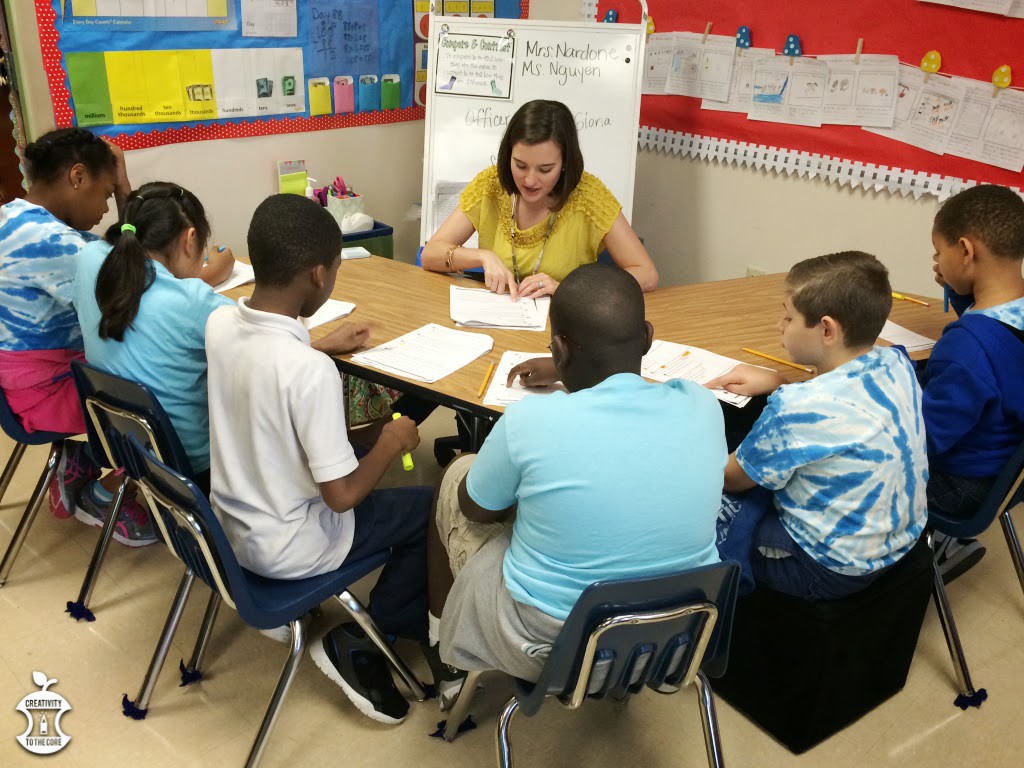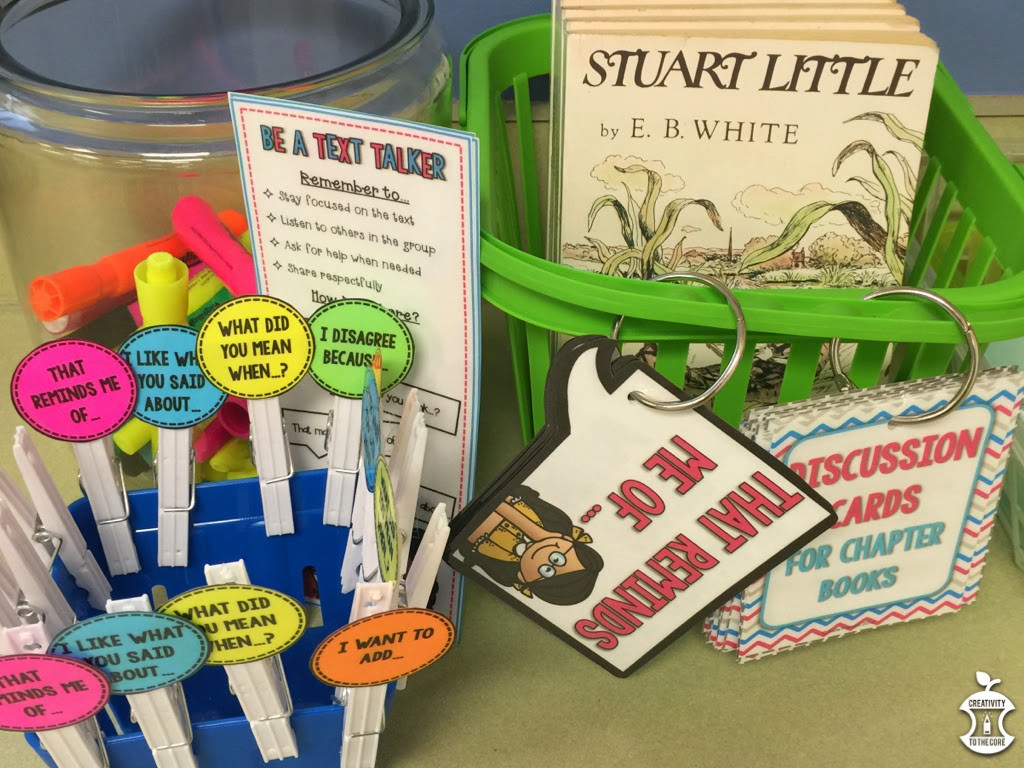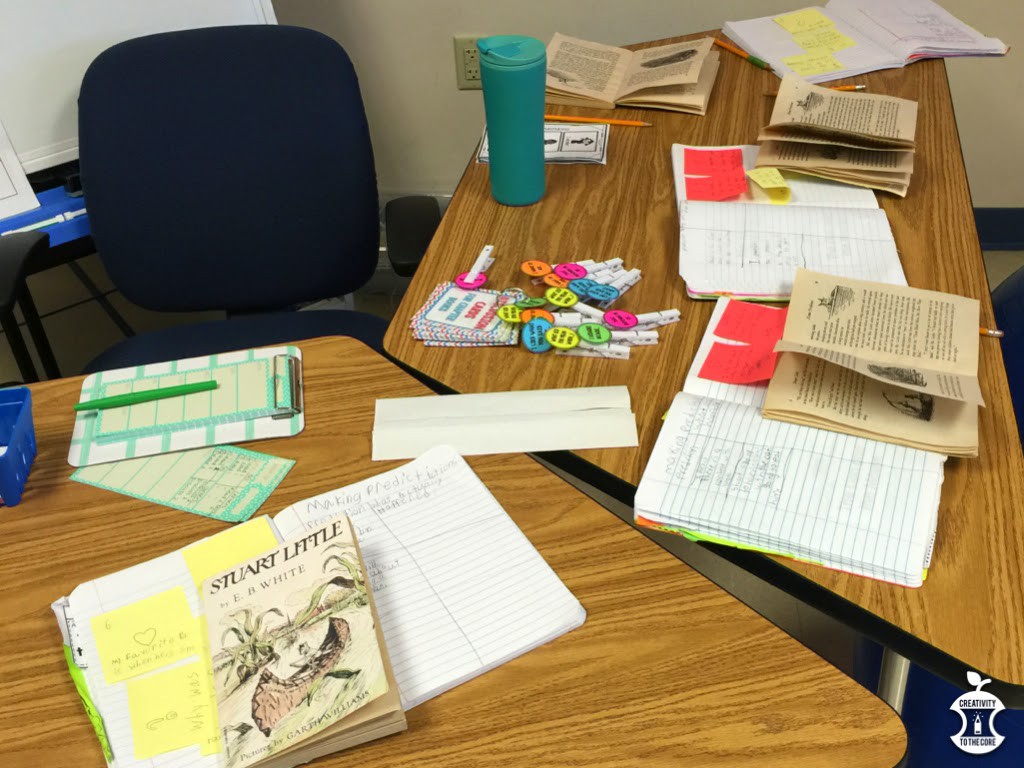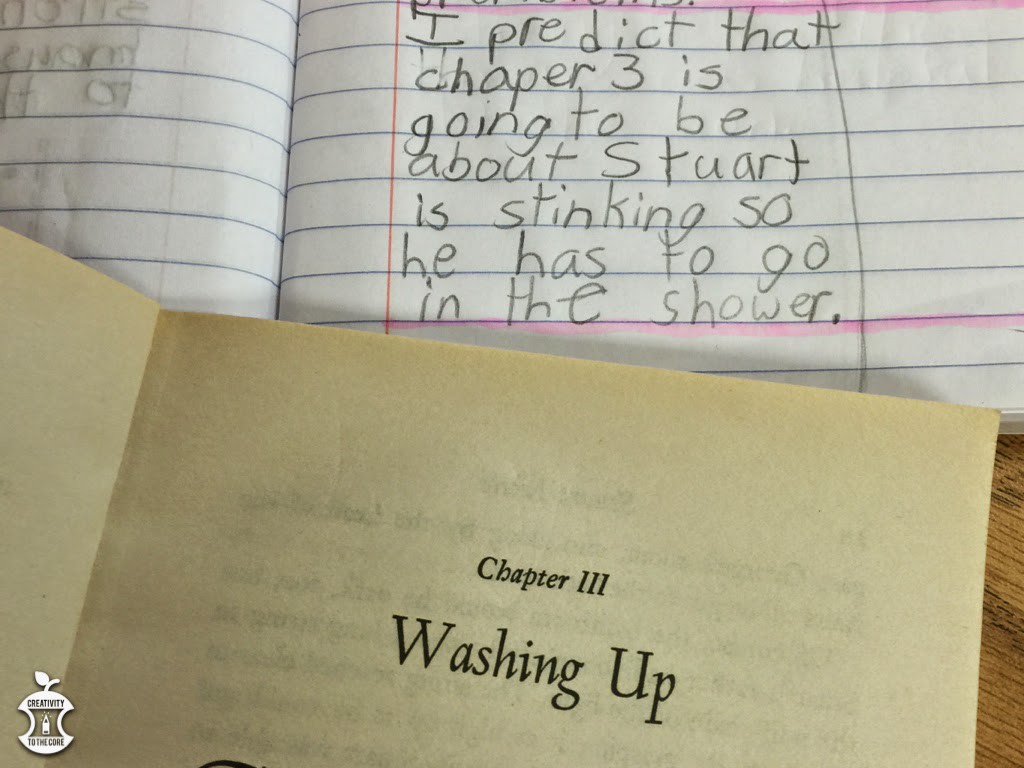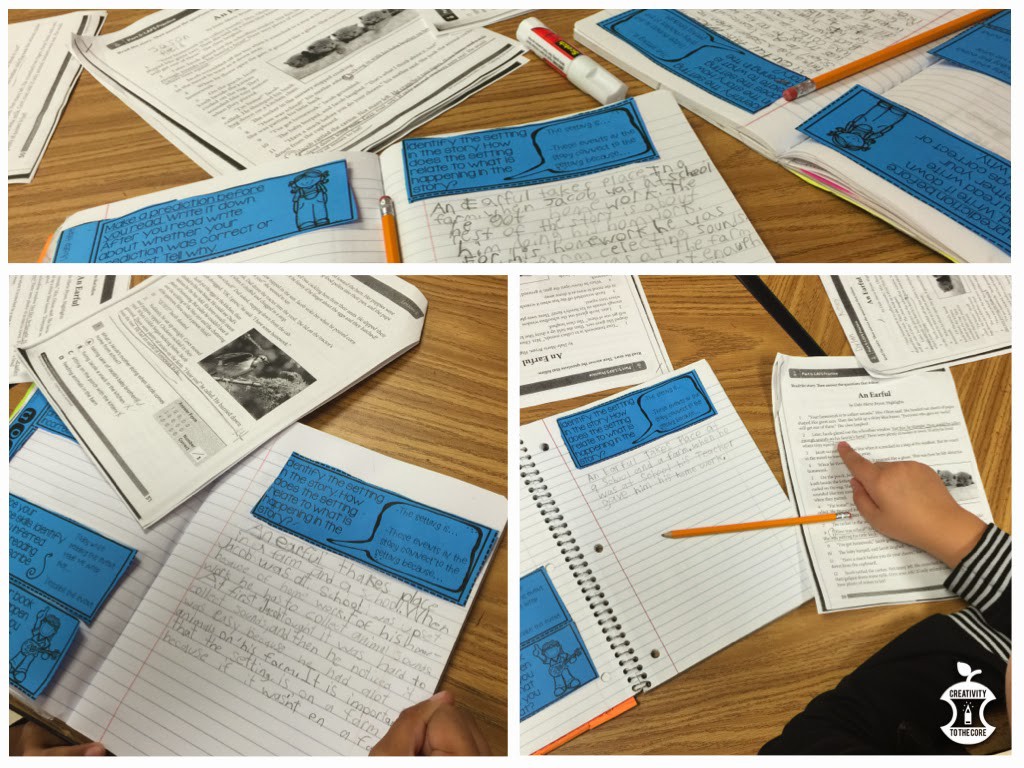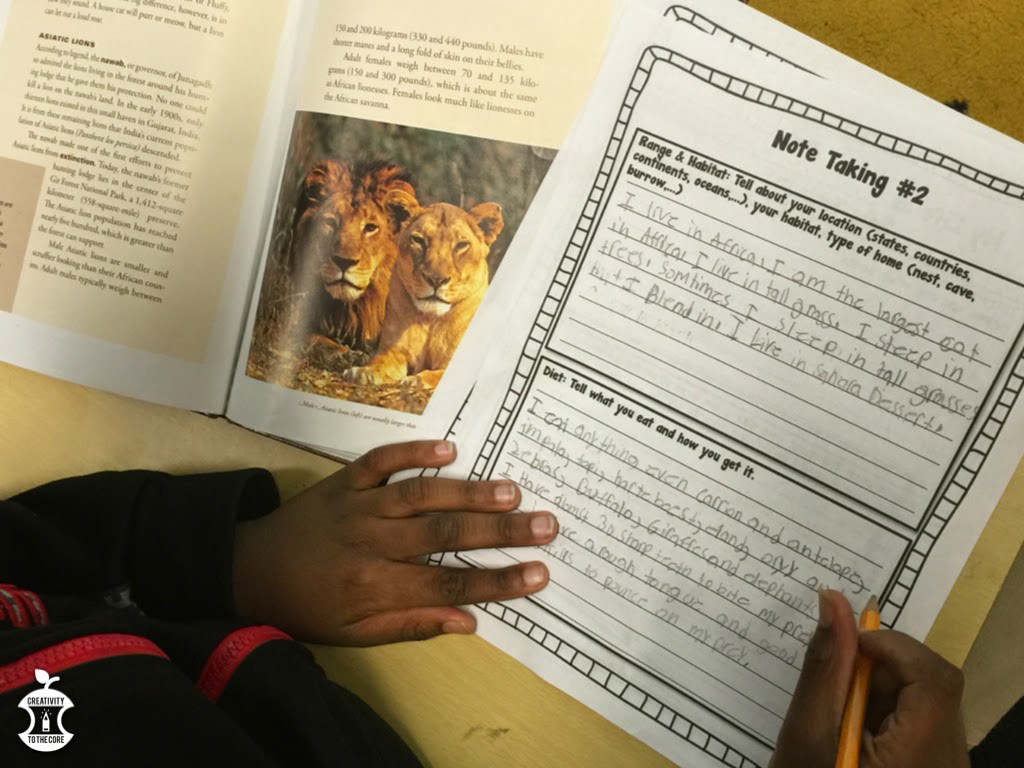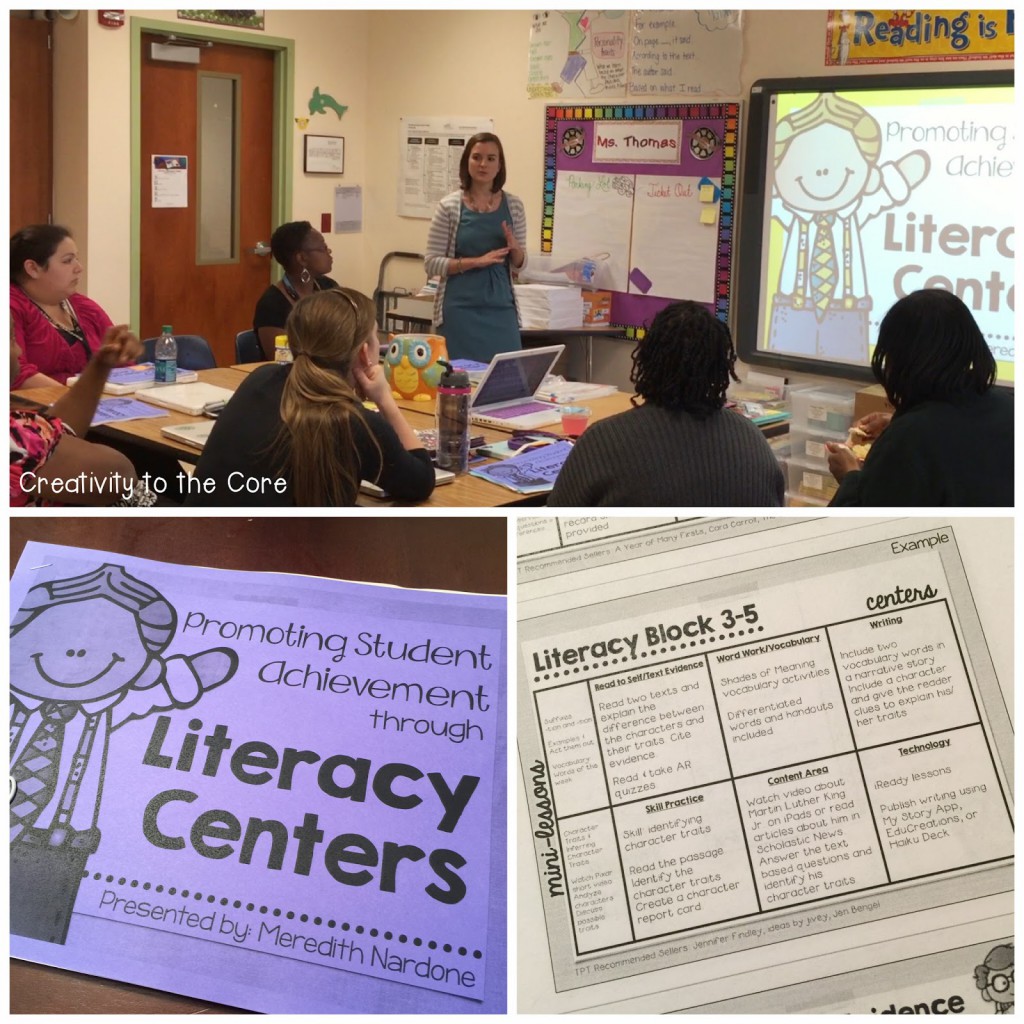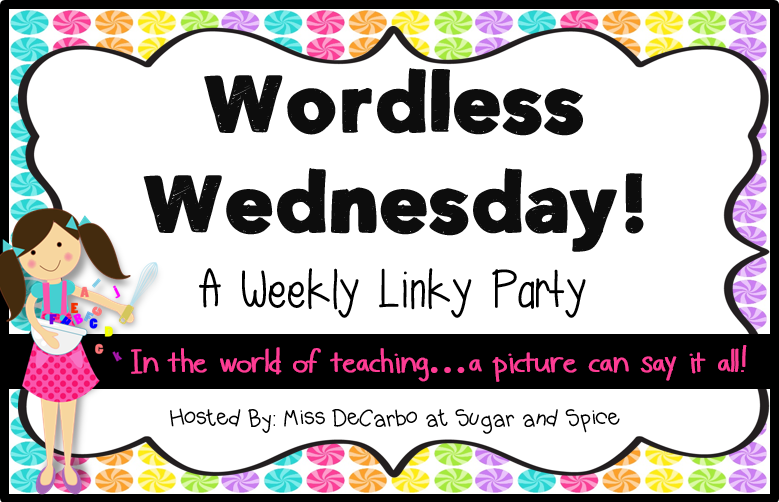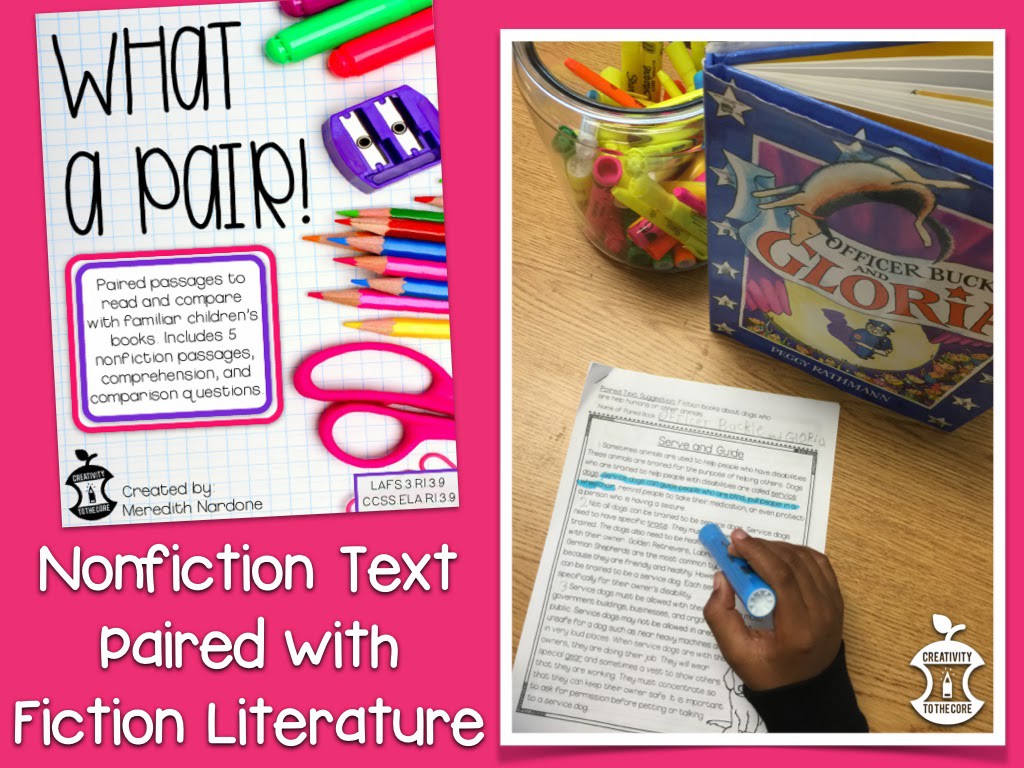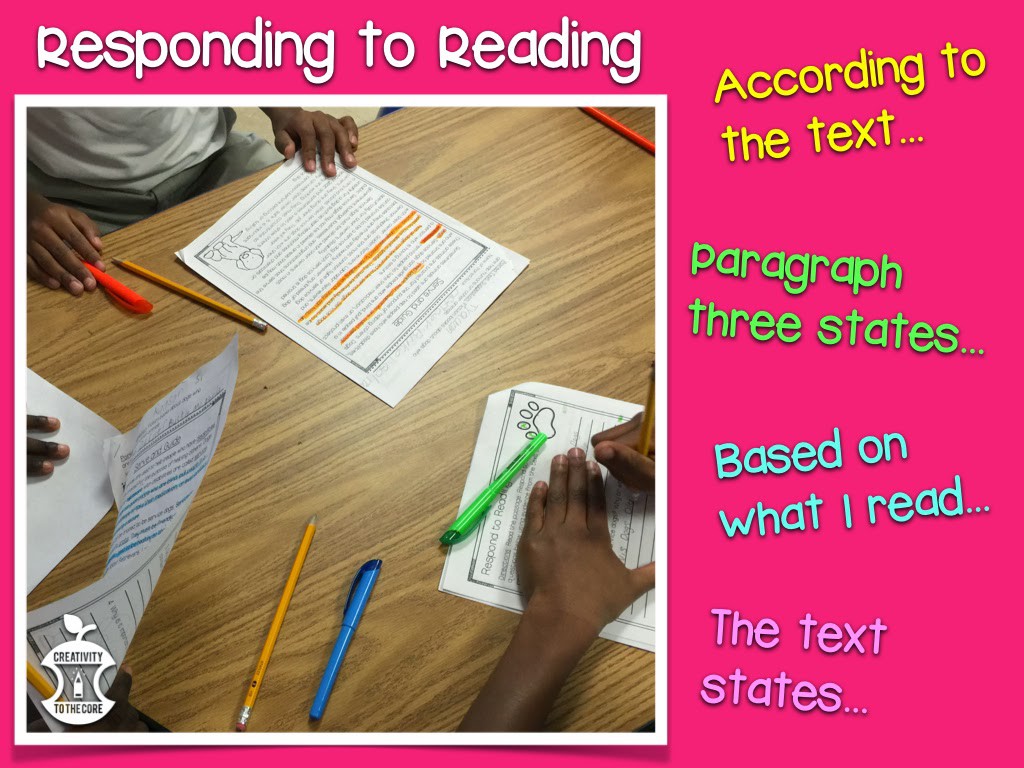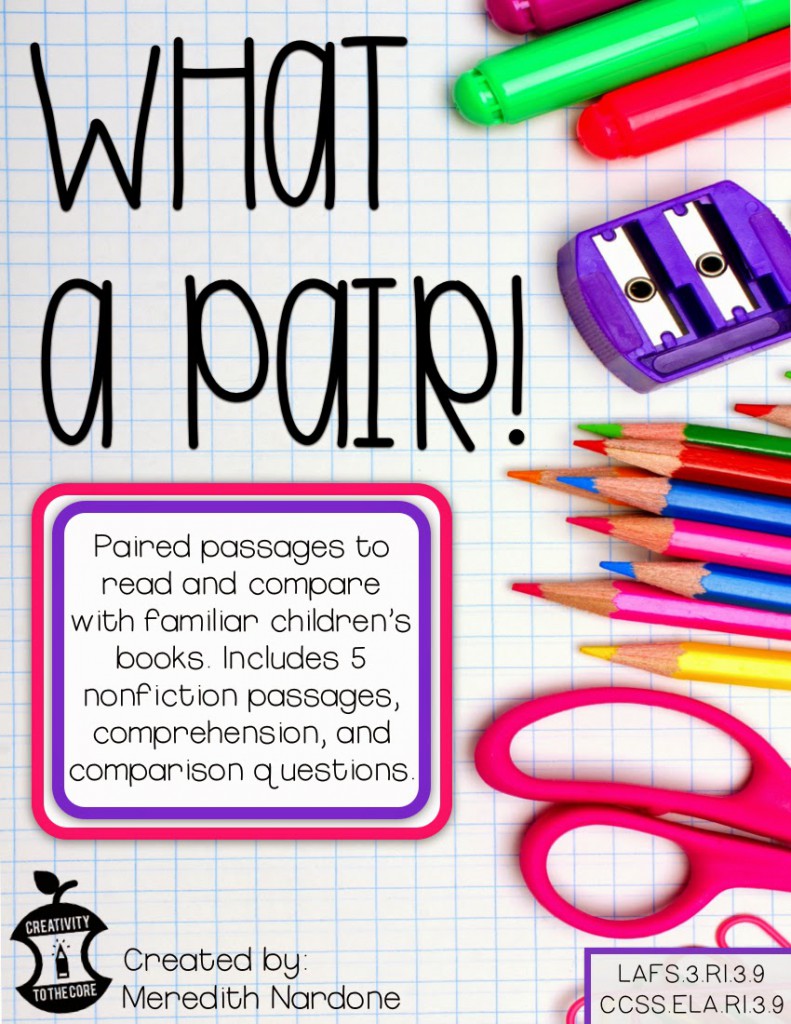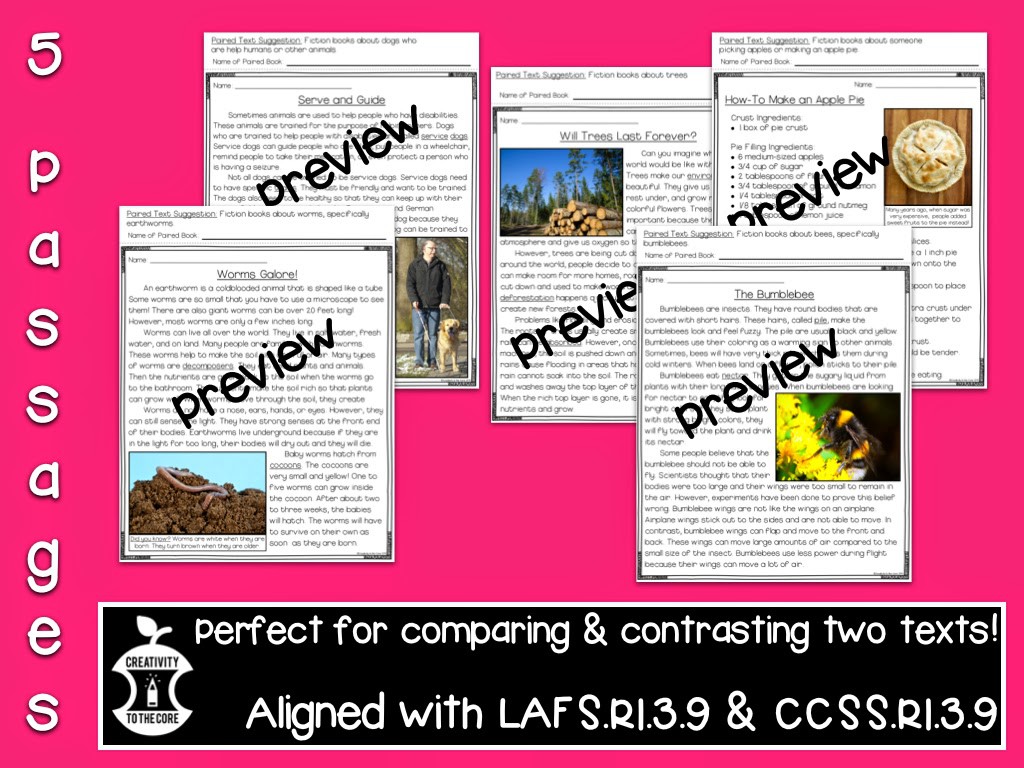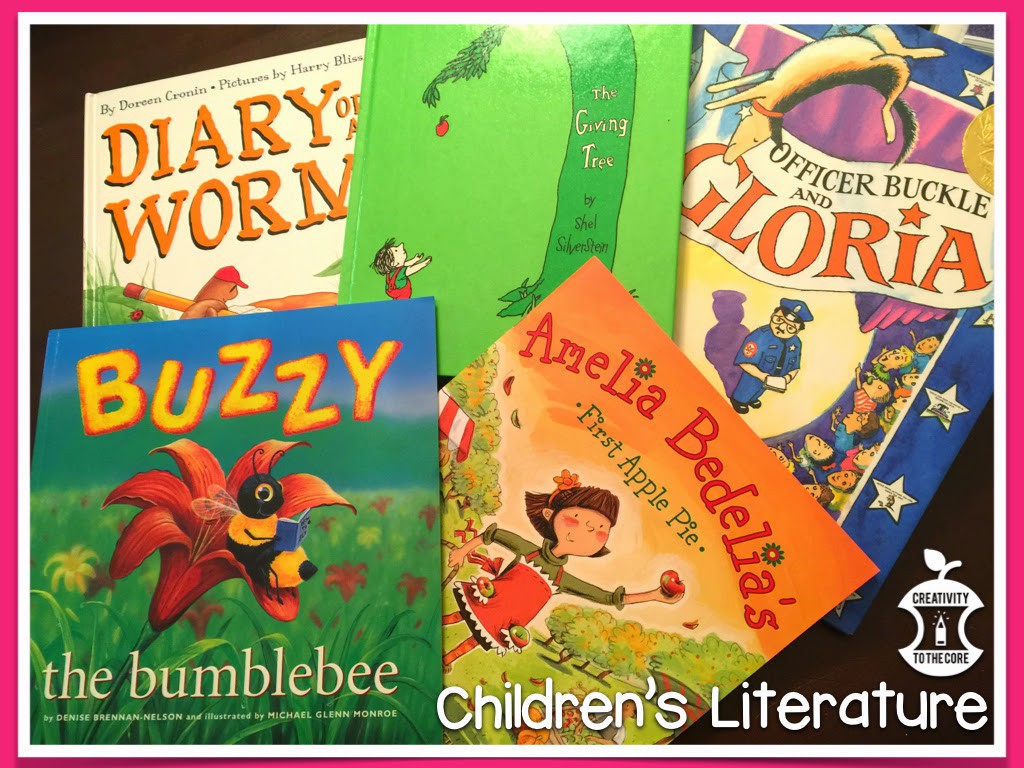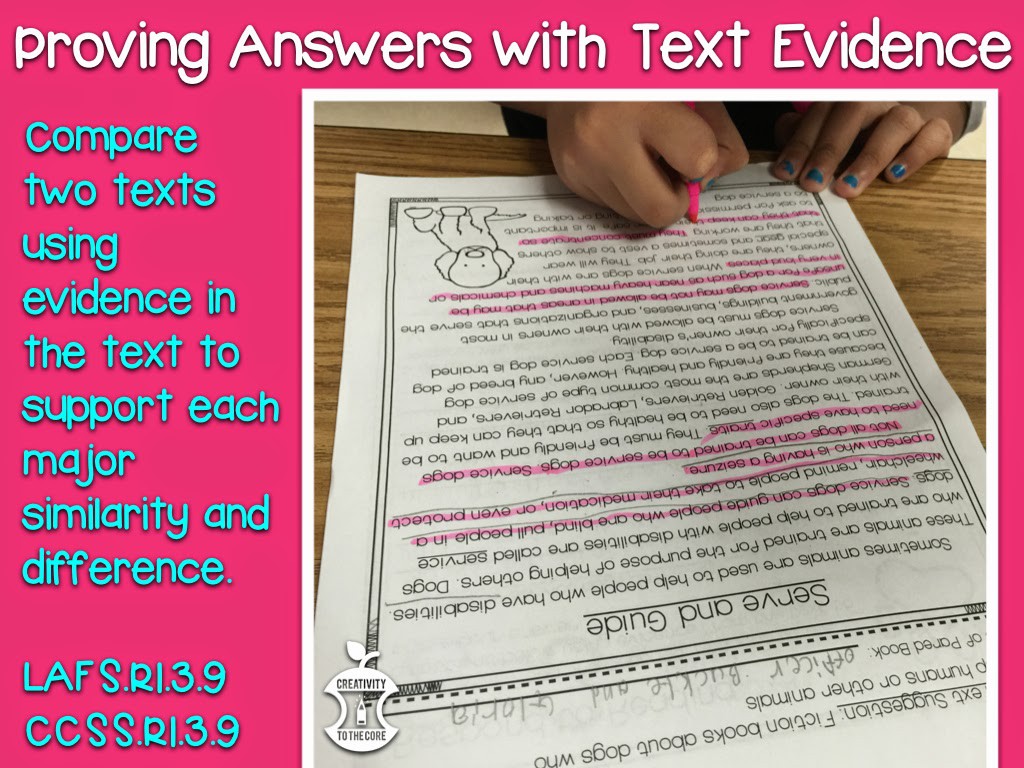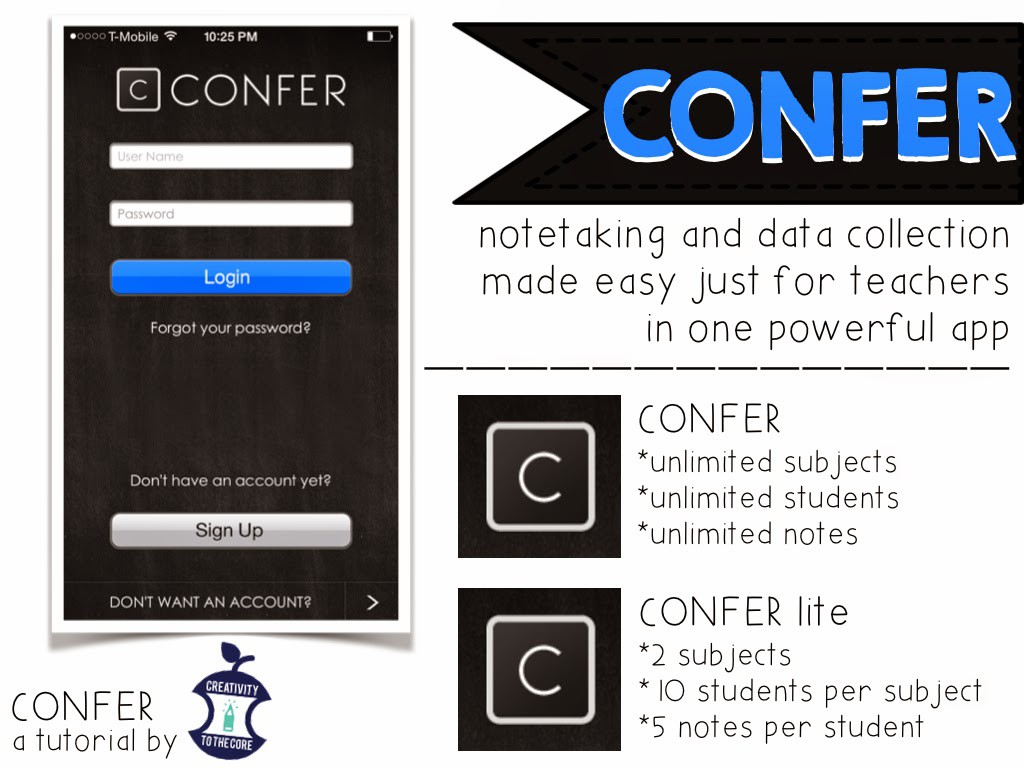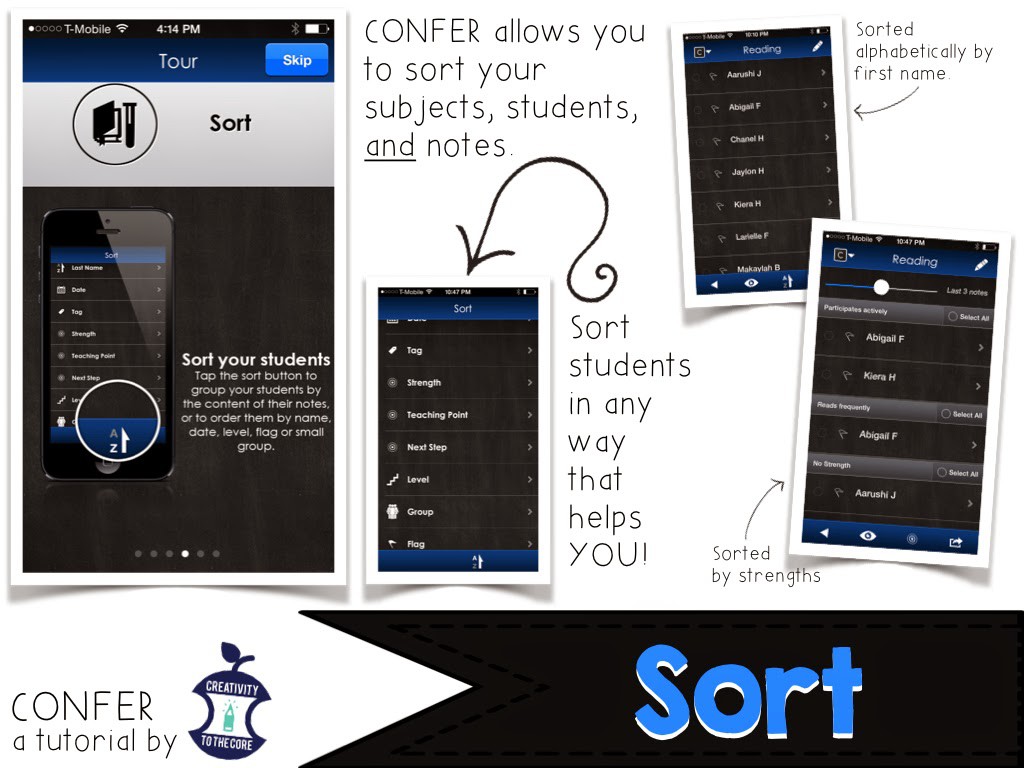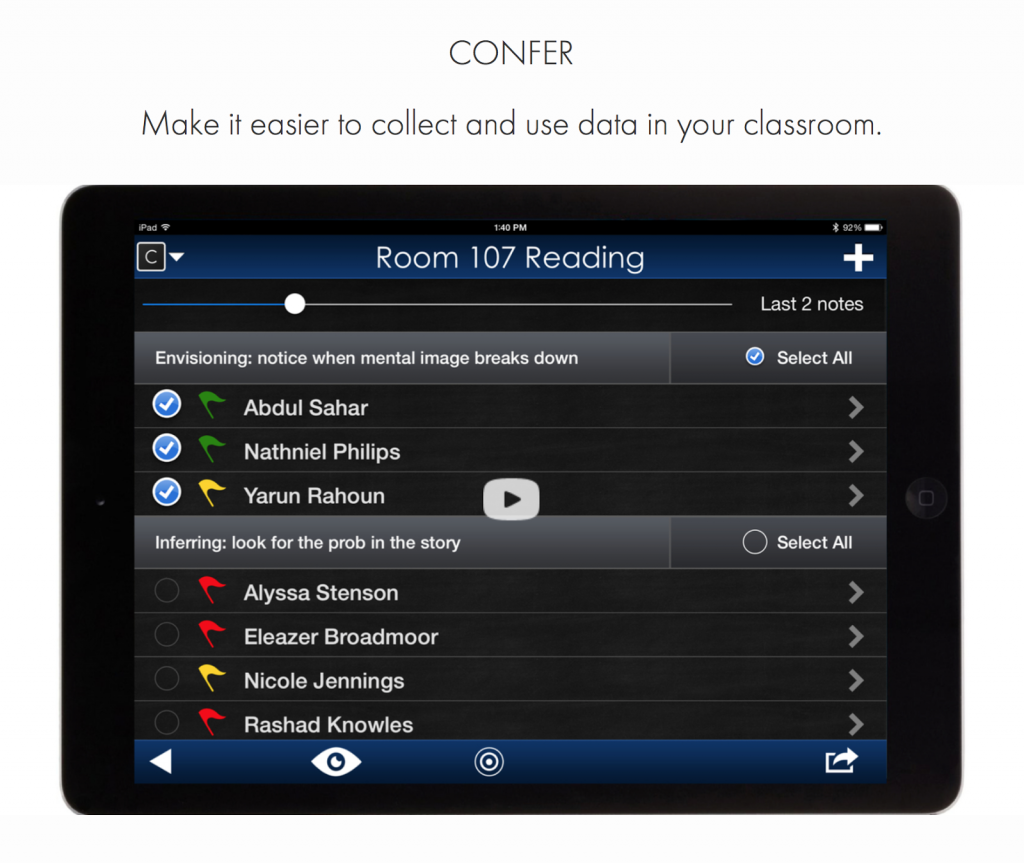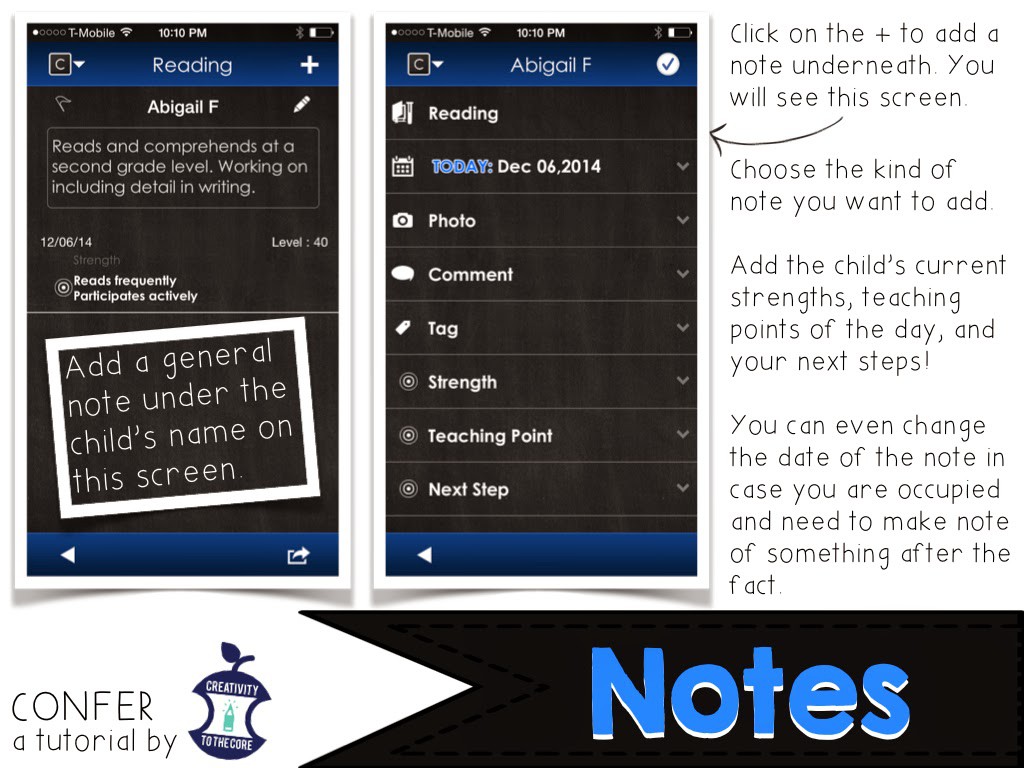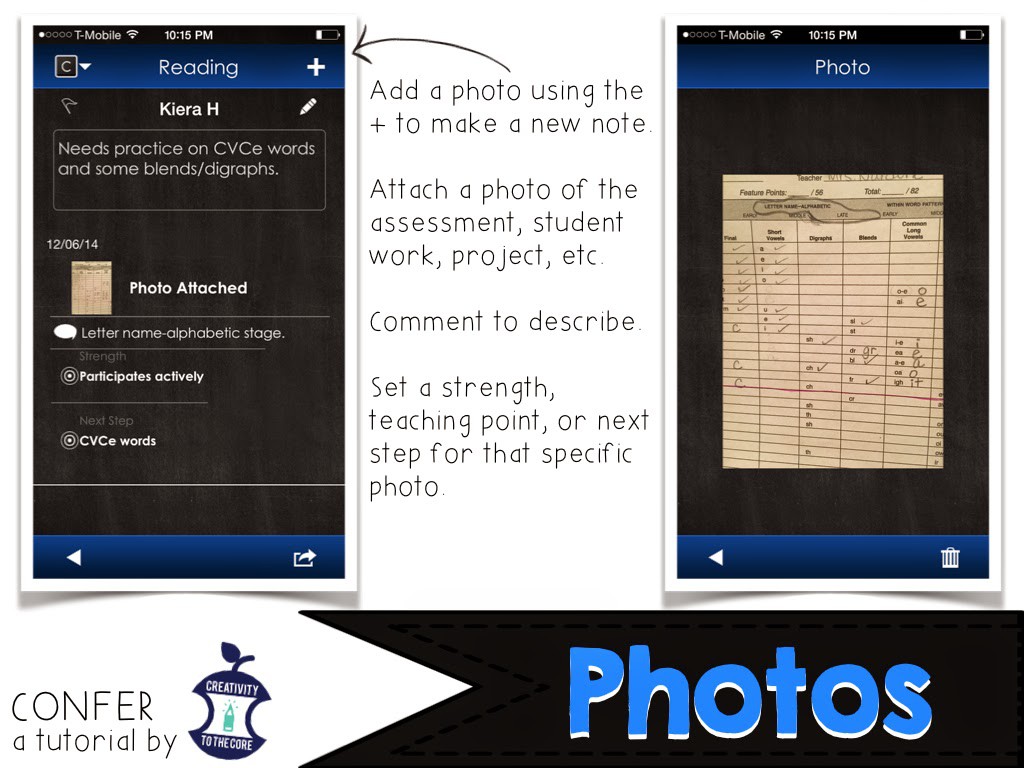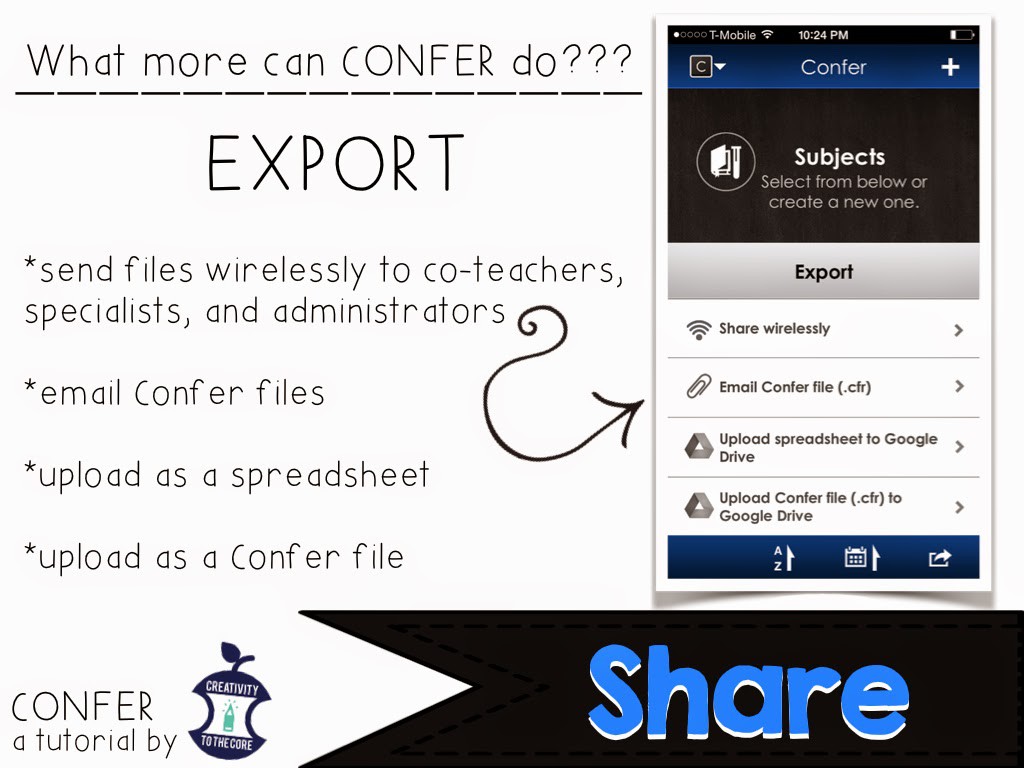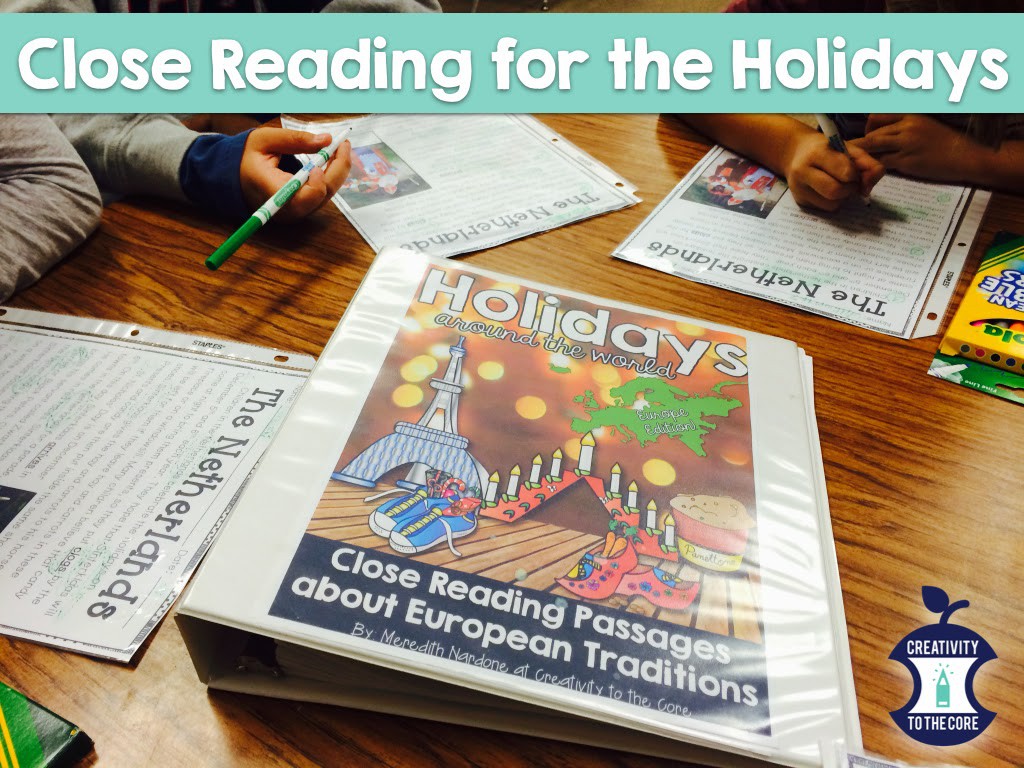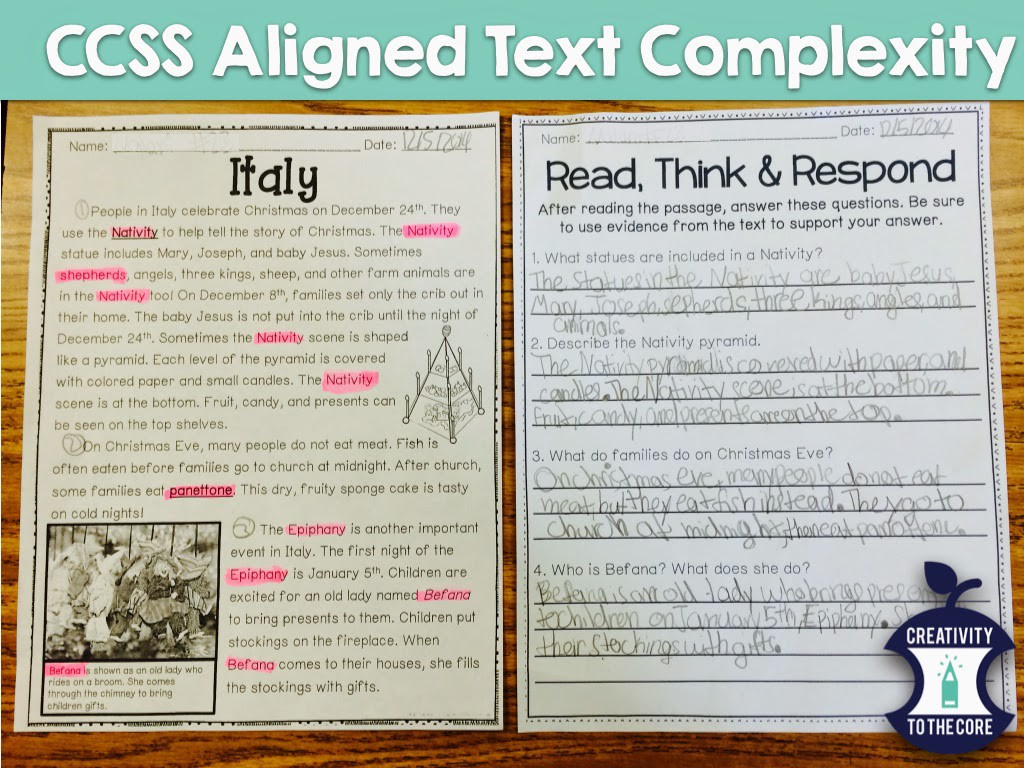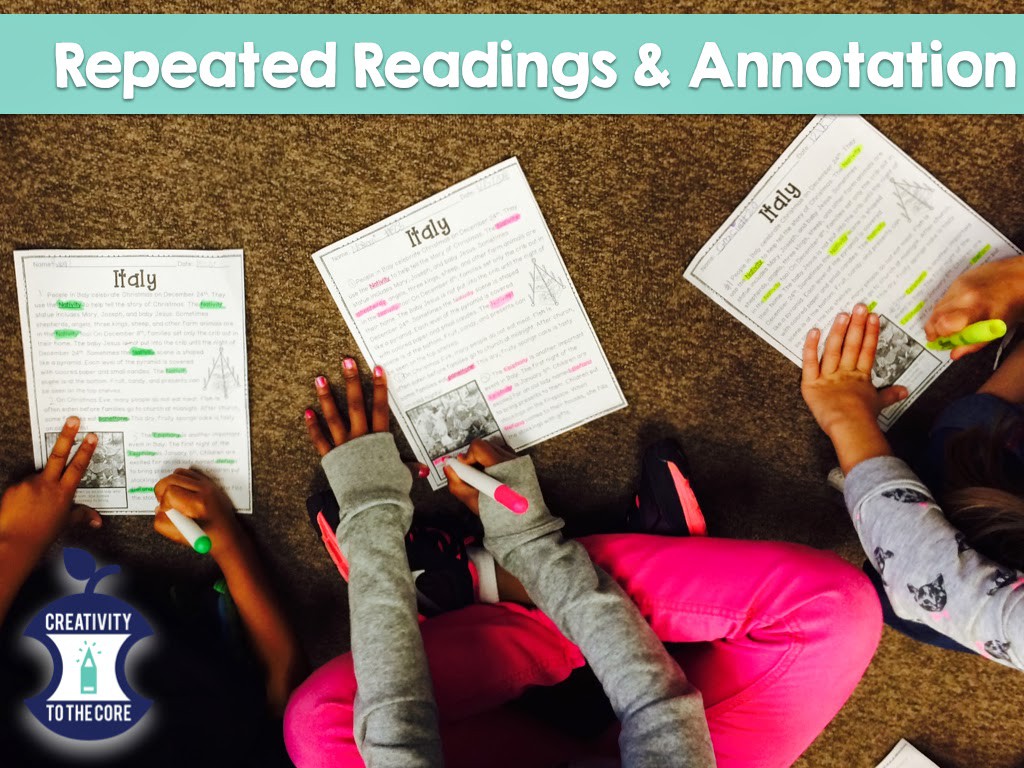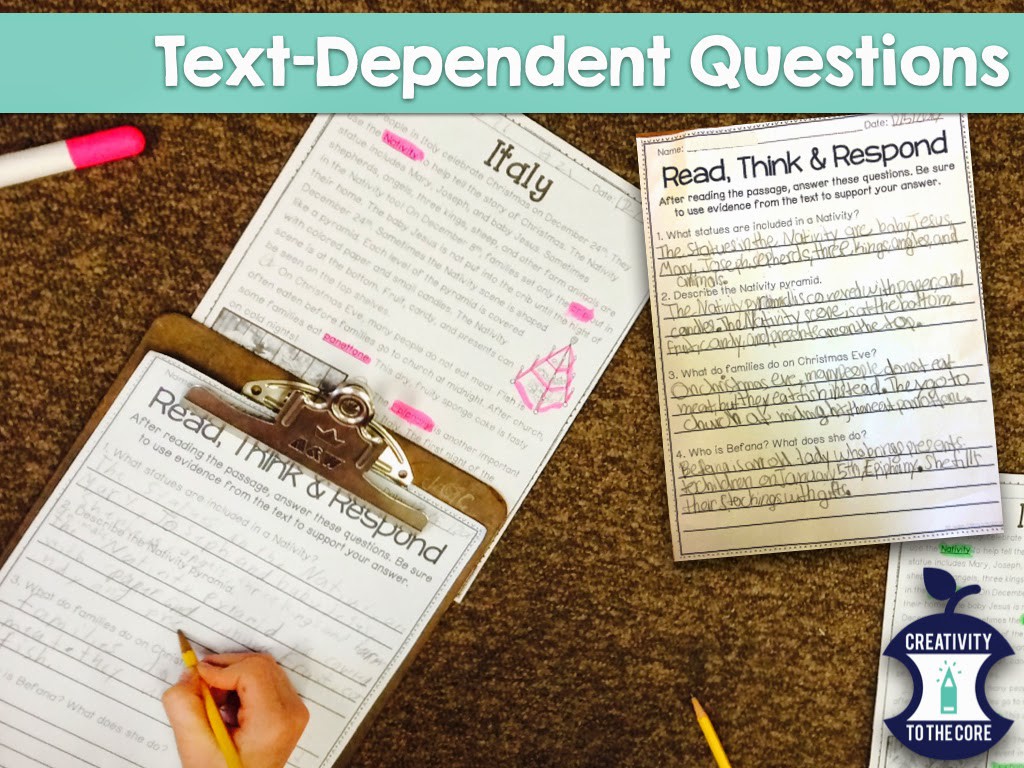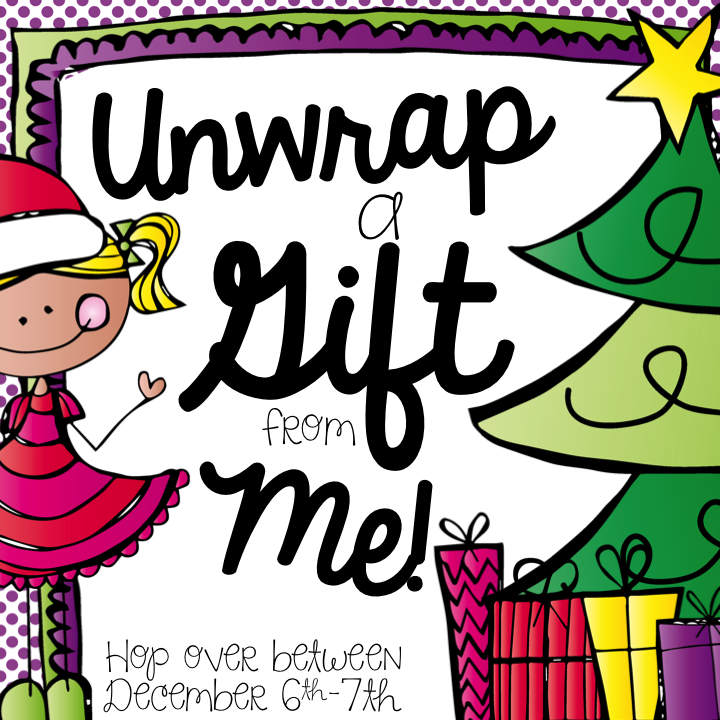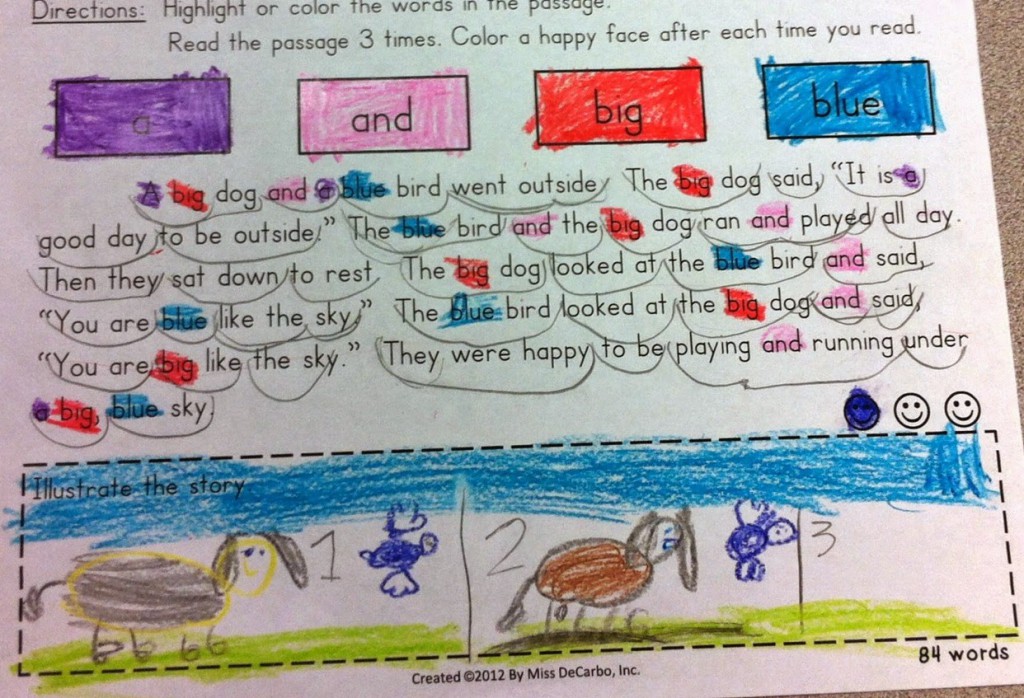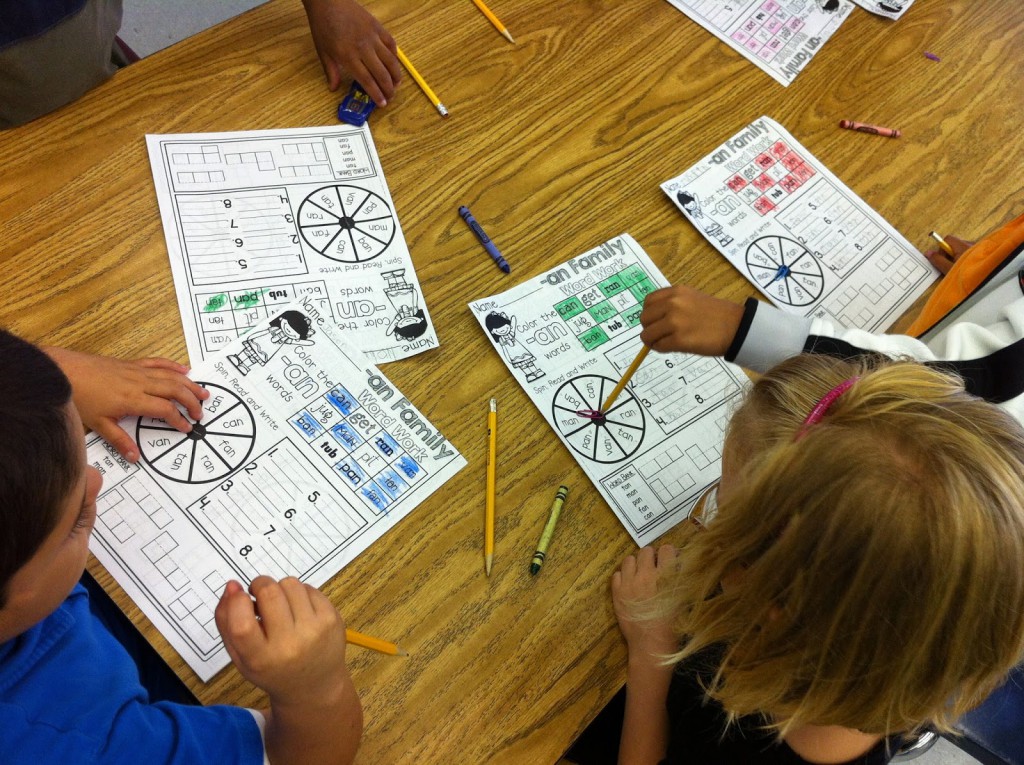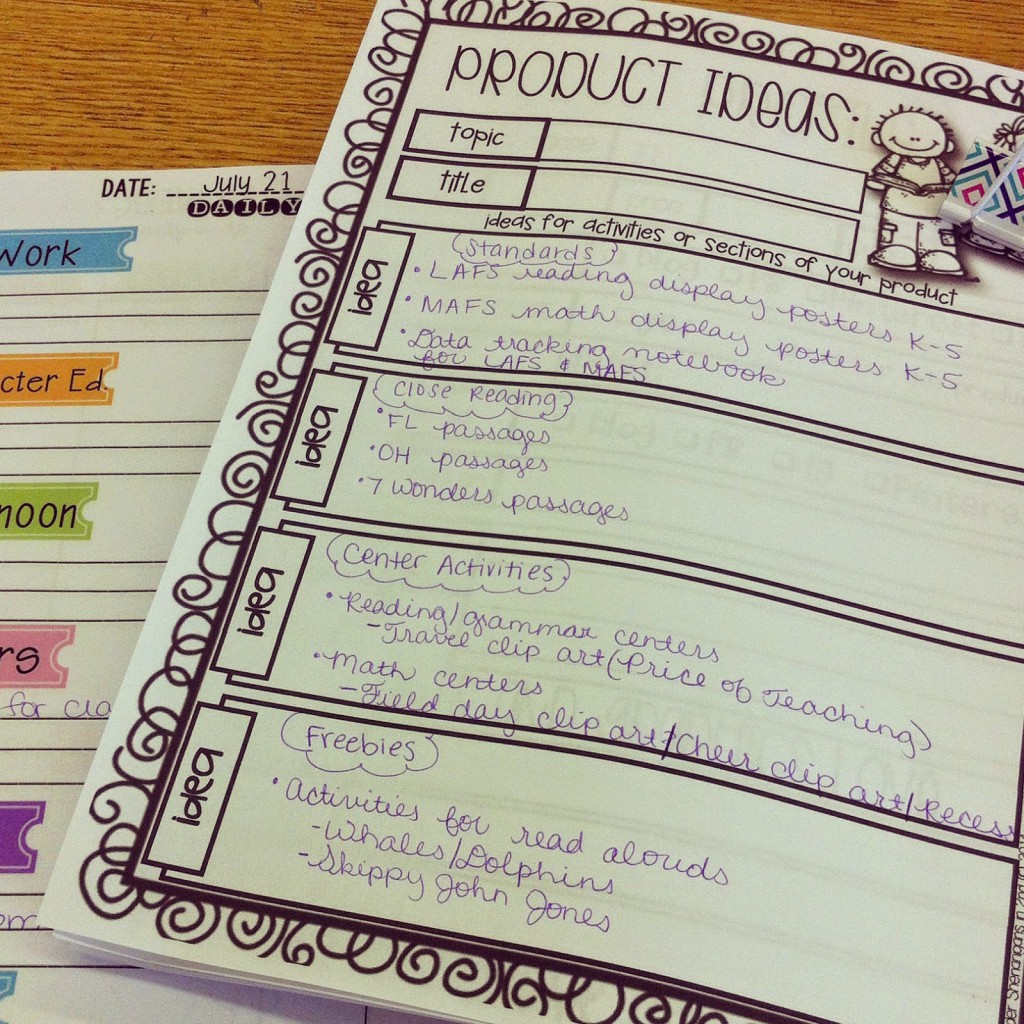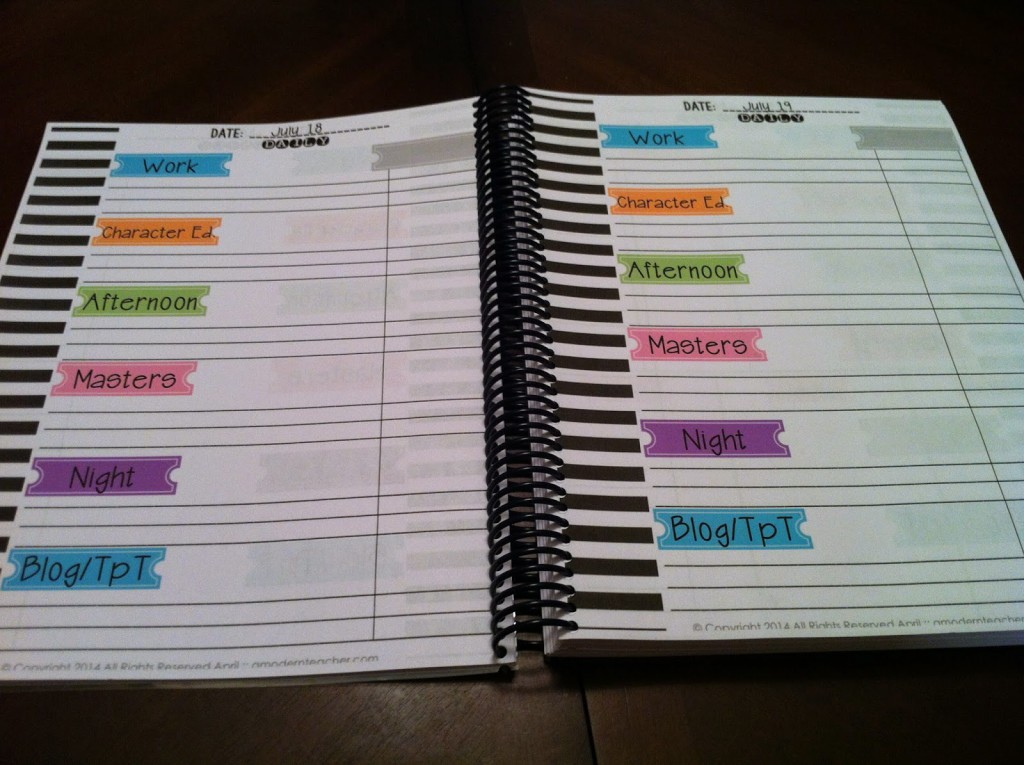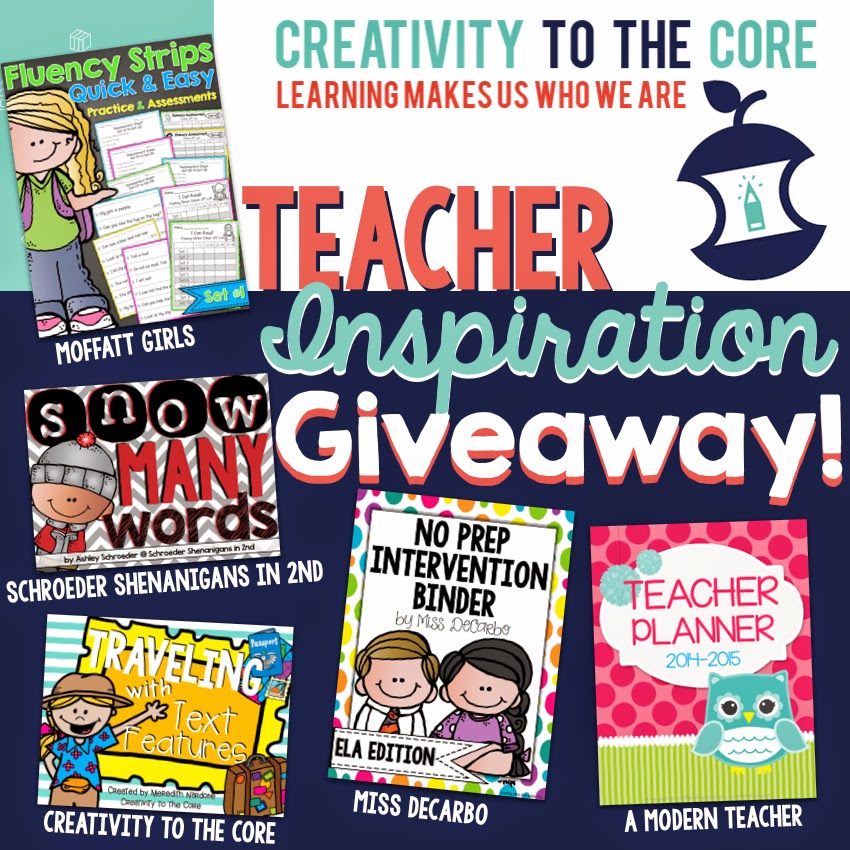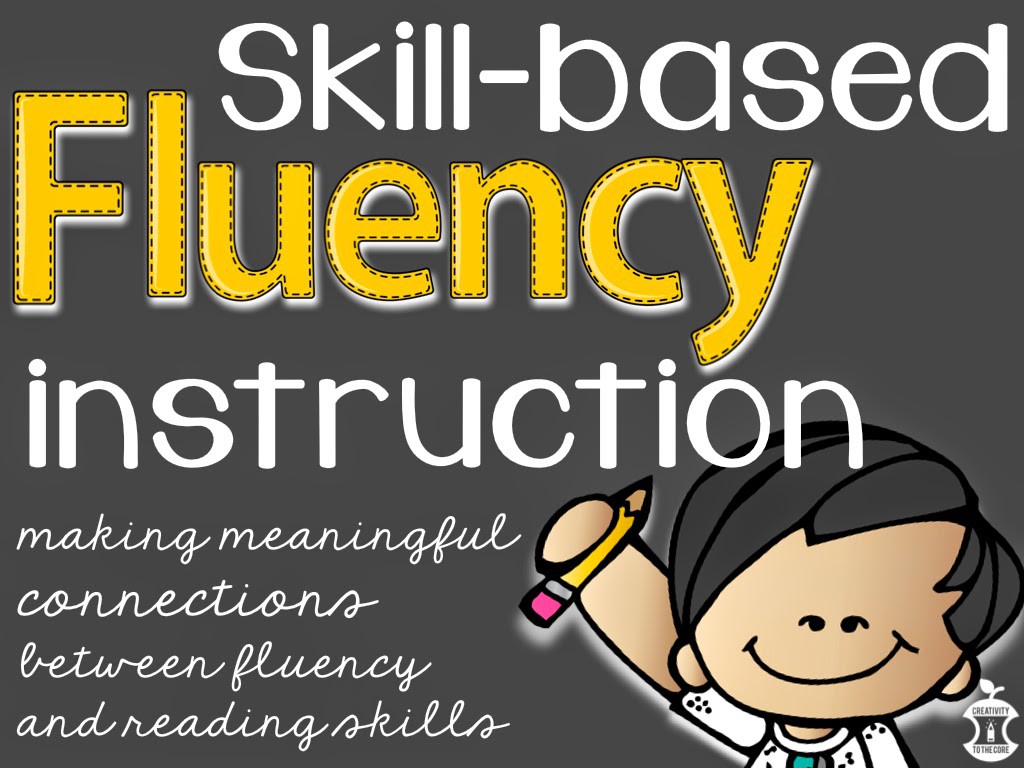
In the past, fluency was defined as the ability to read smoothly and effortlessly, at a quick, automatic rate (Harris & Hodges, 1995; Logan, 1997). A student’s reading rate and accuracy are very important because less time spent on decoding leaves more time for the brain to focus on comprehension. However, after recent research, fluency has come to encompass much more. It now includes prosodic elements such as expression, volume, phrasing, pacing, and smoothness. When students read with prosody, they are able to capture the meaning of the story or script. Current research supports phrasing, pacing, and smoothness as elements that help develop fluency in students. (Clark, Morrison, & Wilcox, 2009)
Students who do not read fluently segment the text and read it word by word. However, students who read smoothly with appropriate expression, pacing, and phrasing make reading sound like natural language (Zutell & Rasinski, 1991). Fluent reading develops when students are able to make their reading sound like individuals speaking as they do in daily life.
Although fluency is a large part of reading curricula, it is often neglected in reading instruction (Reutzel & Hollingsworth, 1993; Zutell & Rasinski, 1991). Many teachers refer to traditional methods of measuring fluency. This is usually comprised of giving students an unfamiliar passage and timing their reading while keeping track of errors. Research has shown that varying the fluency practice is beneficial in the classroom in order to motivate those students who are not motivated by competition (Tyler & Chard, 2000; Worthy & Prater, 2002). Repeated readings of familiar texts are necessary in order for fluency, and therefore prosody, to increase.
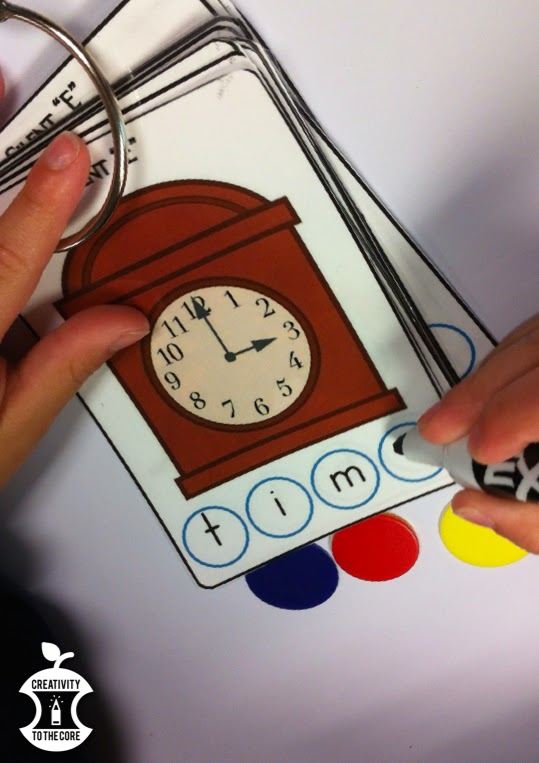 |
| Use sound chips when saying each sound. |
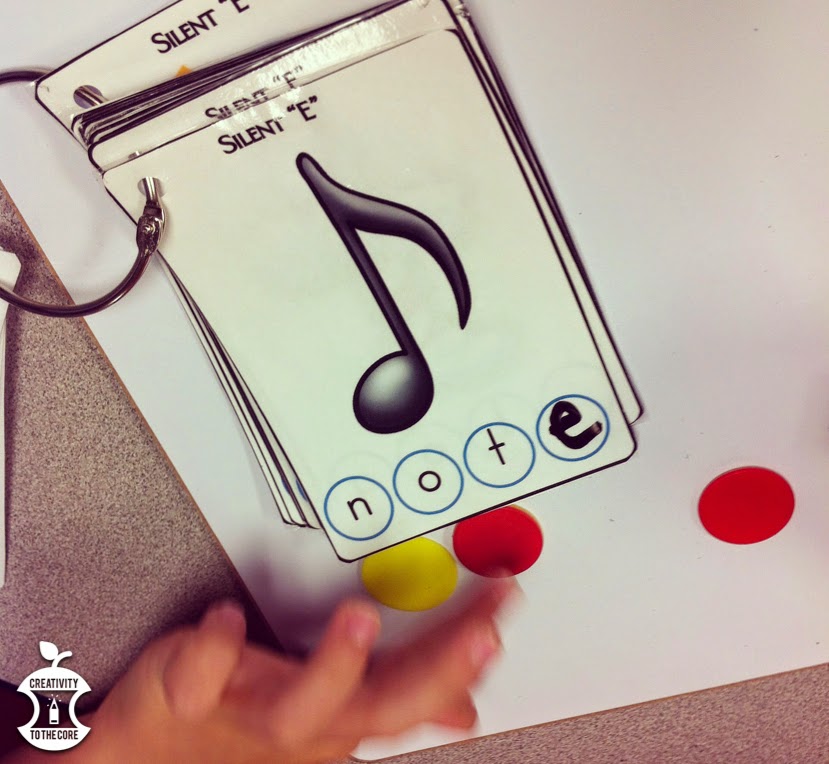 |
| Add the silent E with a dry erase marker and use the sound chips to read the word again, changing the vowel sound. |
 |
| Students read each sentence and underline and silent E words that they read. I then have them check with their partner to see if any have been missed. Then, they add any underlines that they missed. |
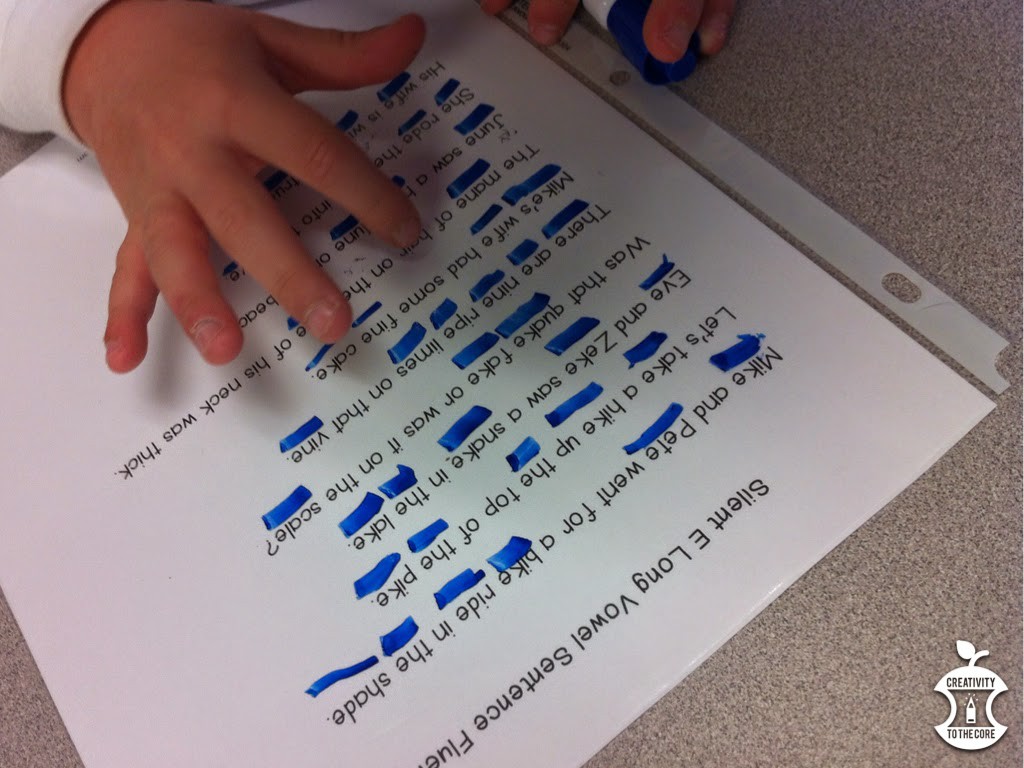 |
| I have the kids whisper read to themselves as I listen in to them one at a time. Then, we read together. Finally, they read to a buddy. |
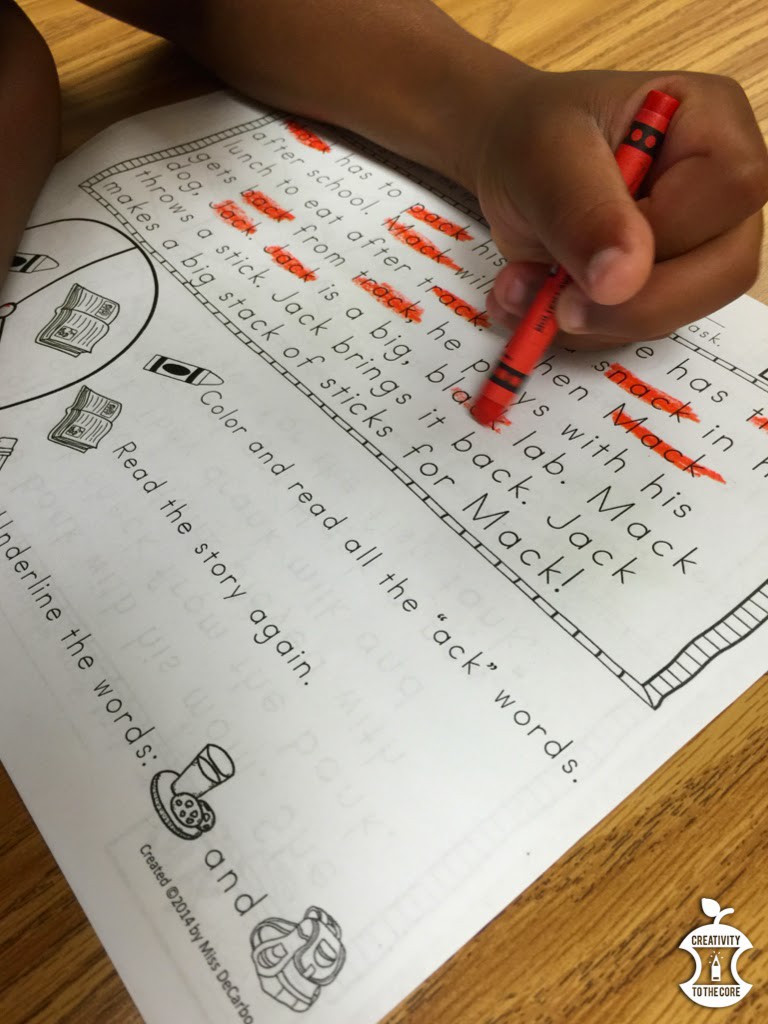 |
| This page focused on “ack”. The kids were SO excited that the word backpack had TWO “ack” sounds in it! |
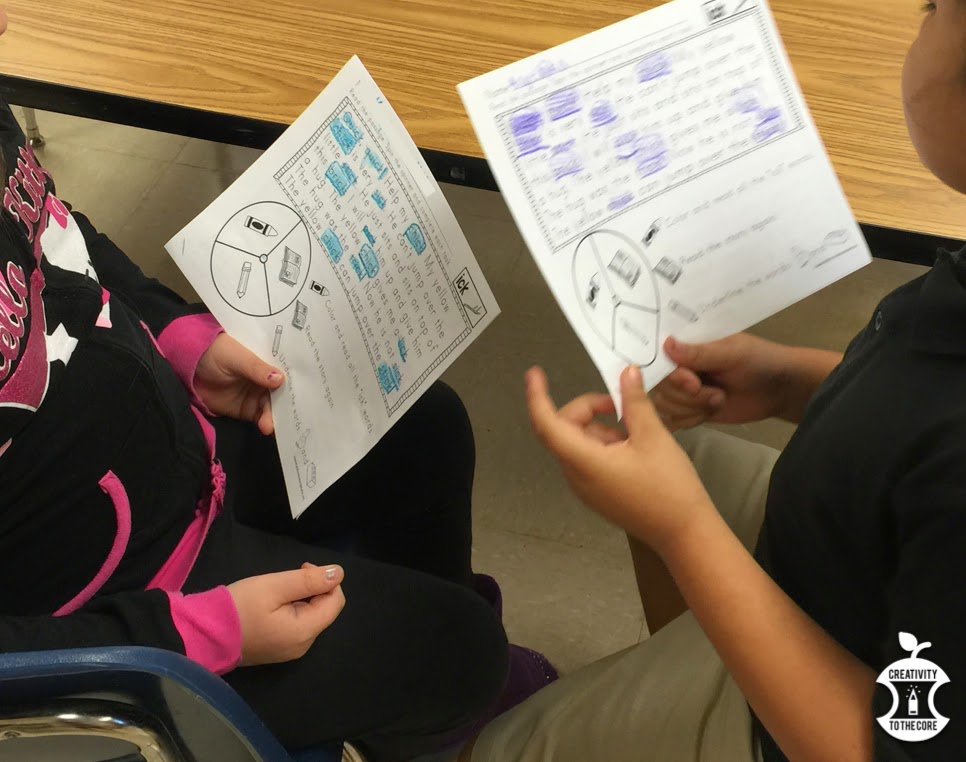 |
| After completing all of the steps and reading the passage together as a group a few times, students buddy read. They listen for changes in their partner’s voice each time there is punctuation. |
Focusing on a skill while practicing fluency has been SUCH a blessing for my second graders. They are not at grade level and cannot handle second grade fluency passages. Using these passages with the same phonics skill repeated over and over again helps the students to read a full paragraph without stopping to “sound out” any words. They know the phonics skill and are able to apply it throughout the passage. After one day, I had these kiddos giggling and reading with expression in their voices. Why? Because the text was predictable and they had confidence in their skill.

